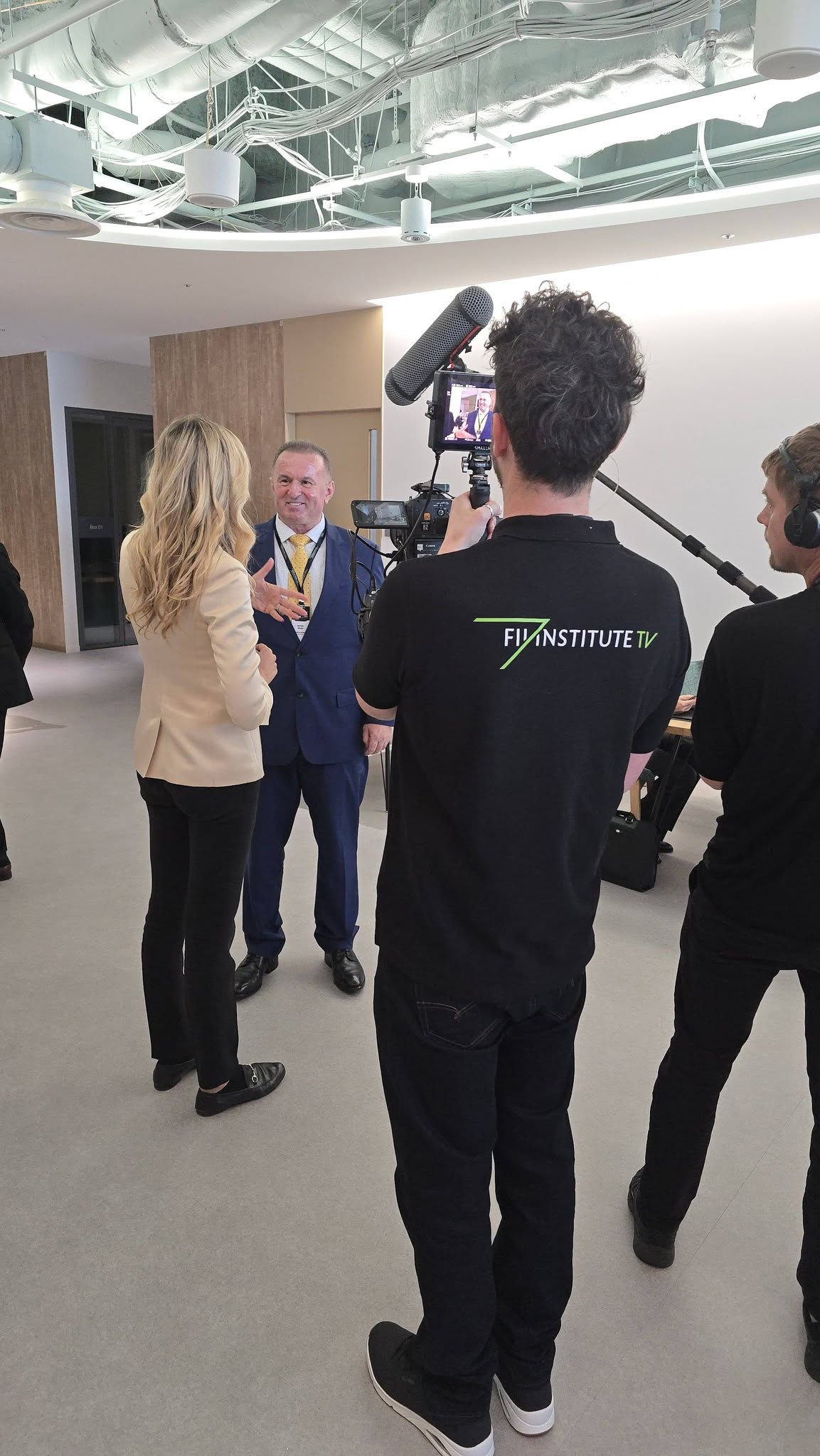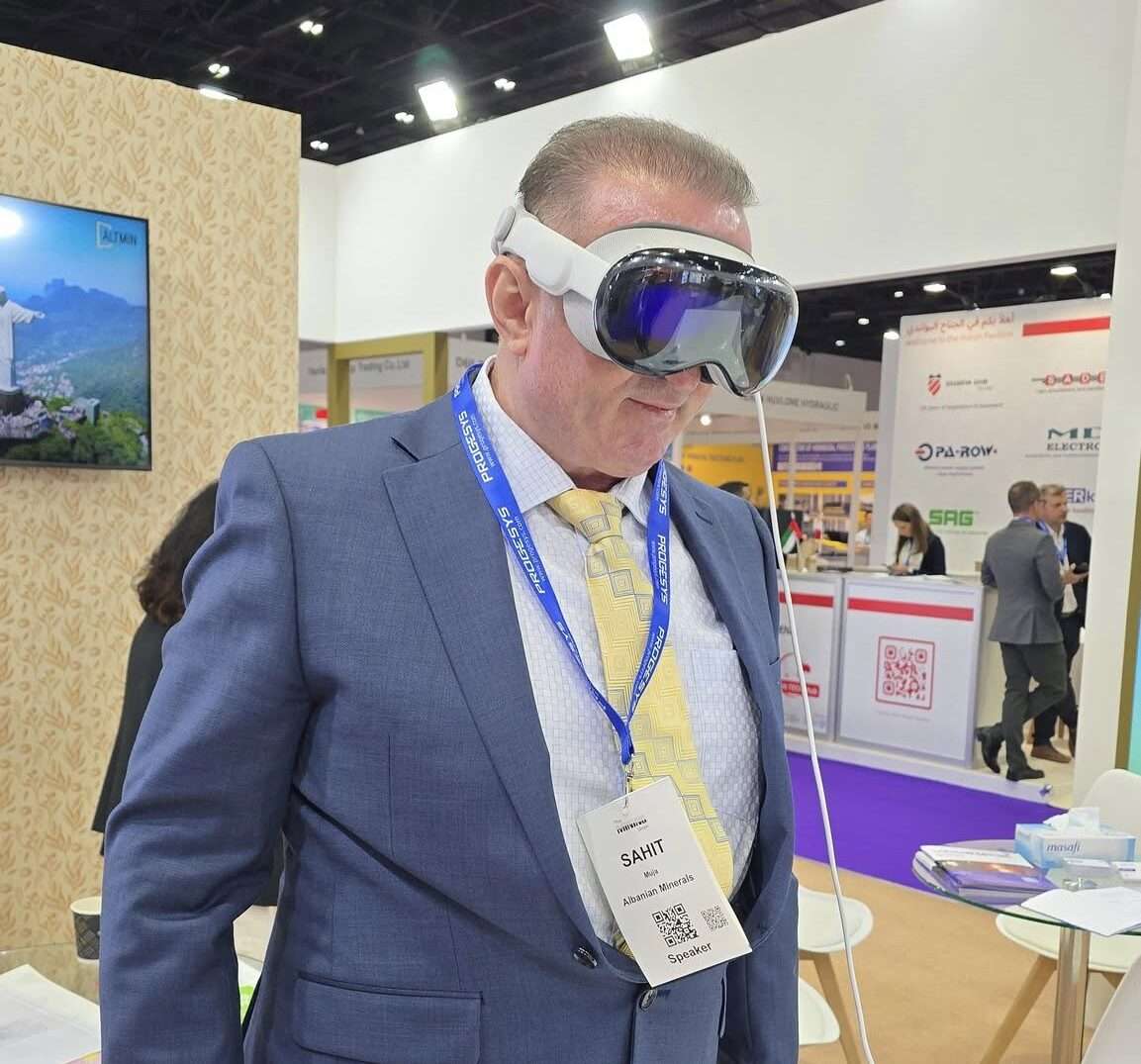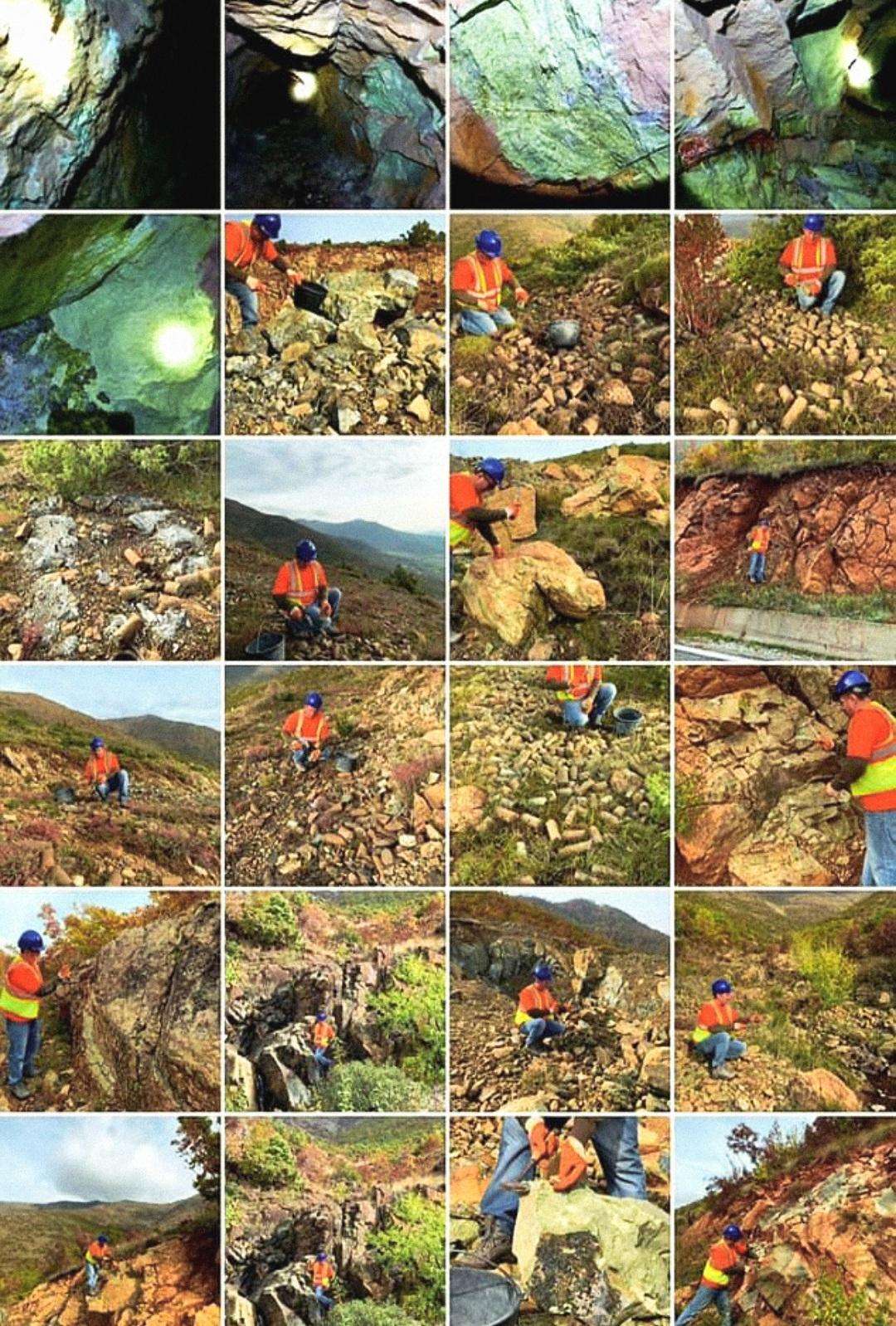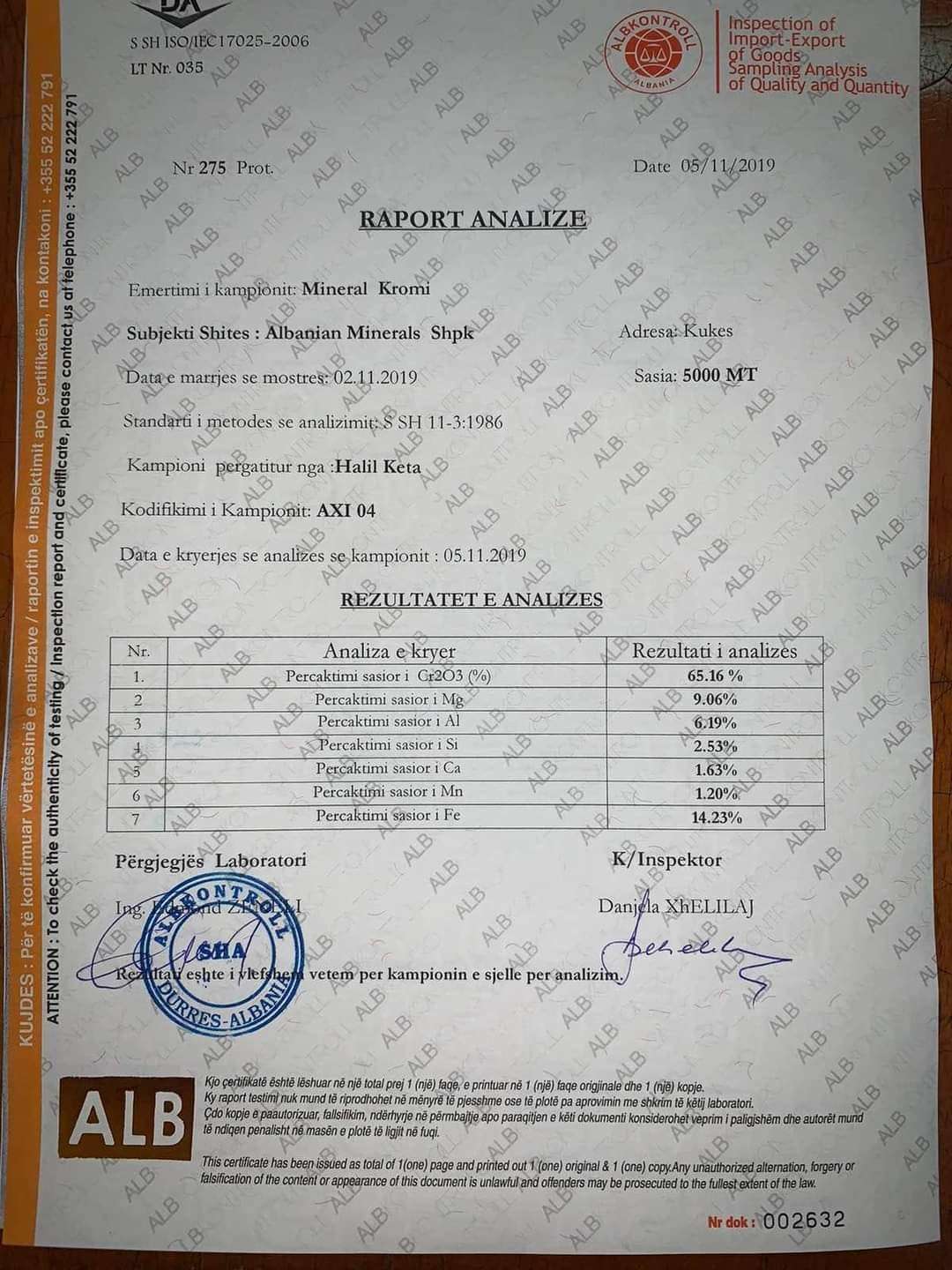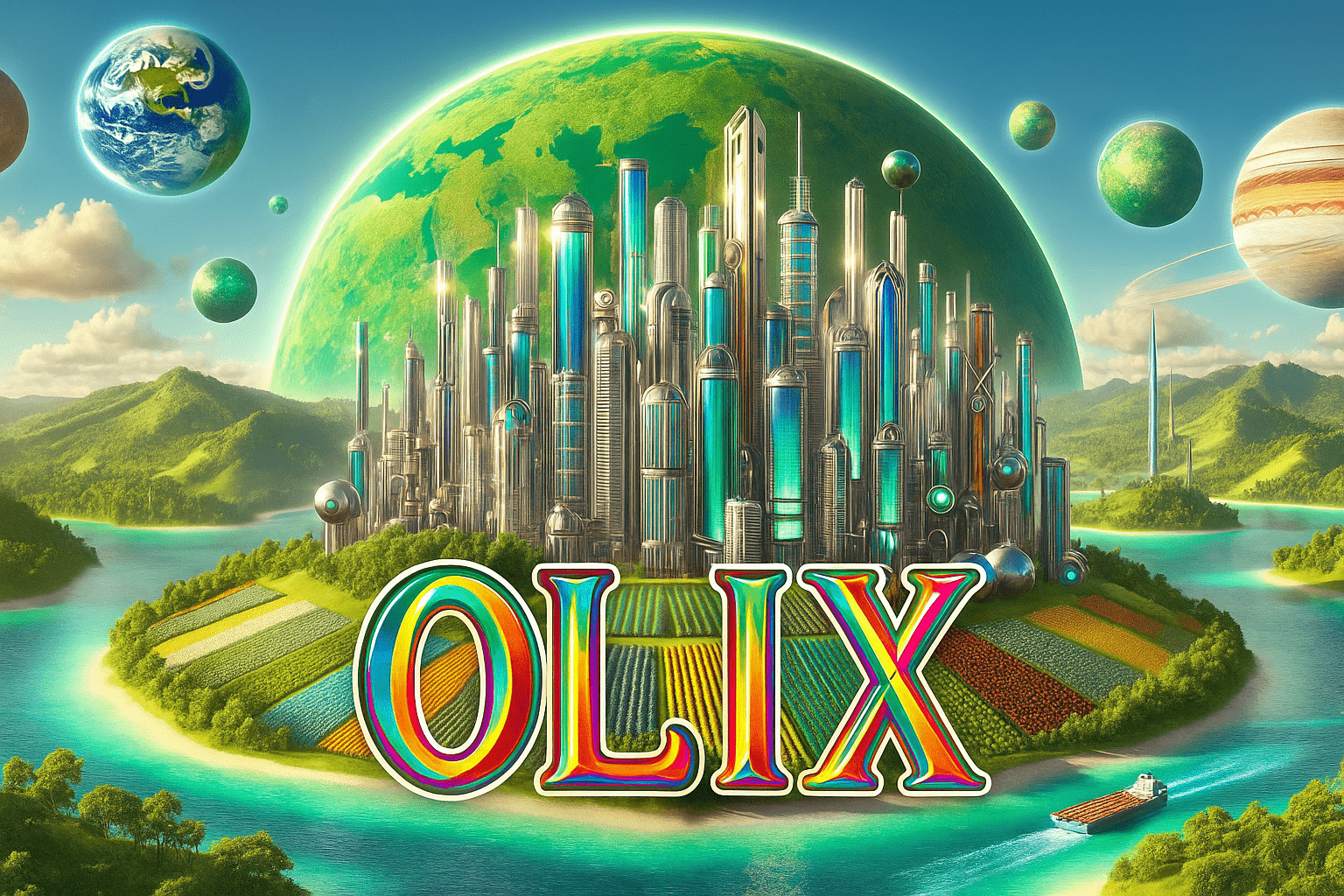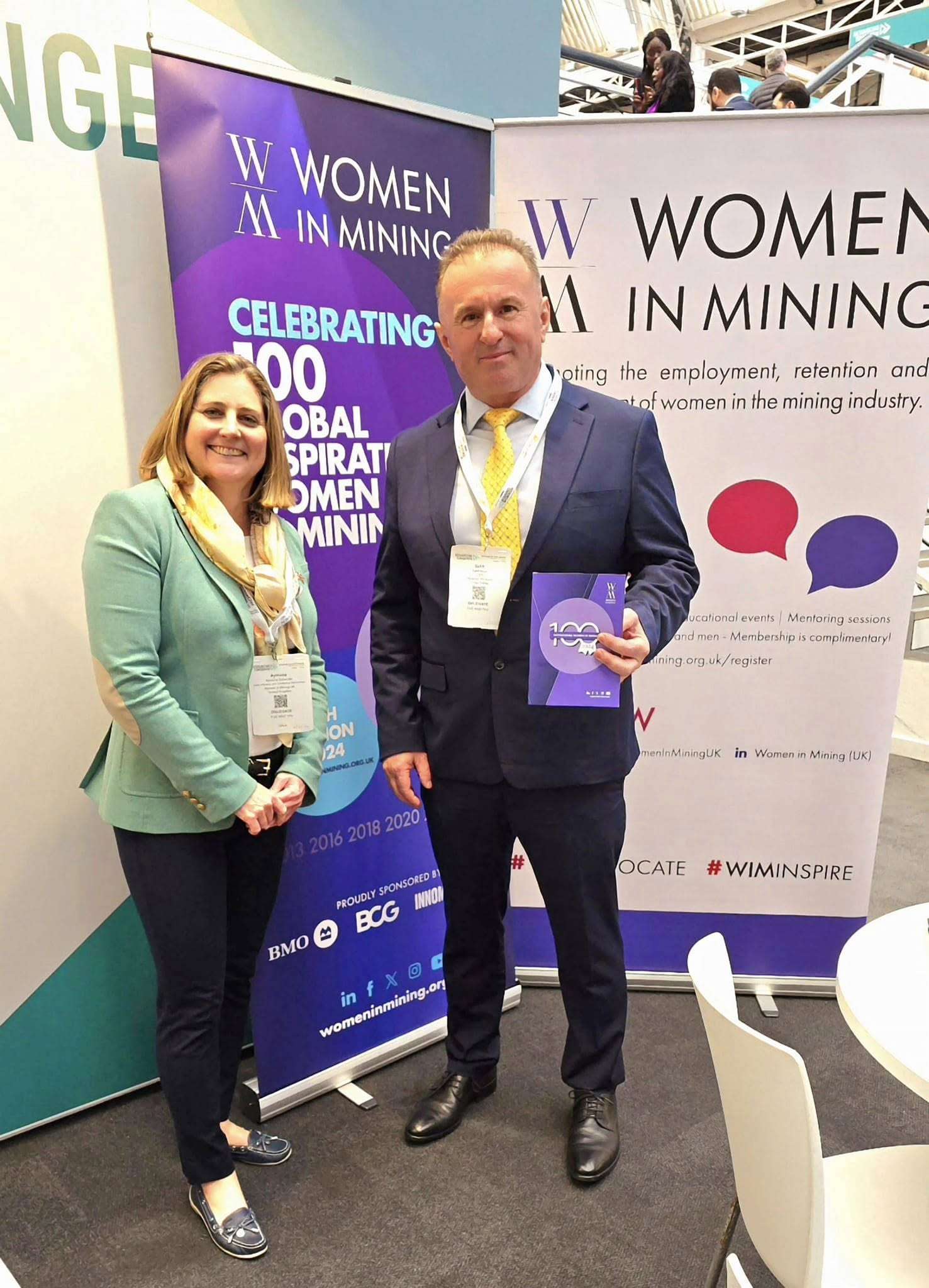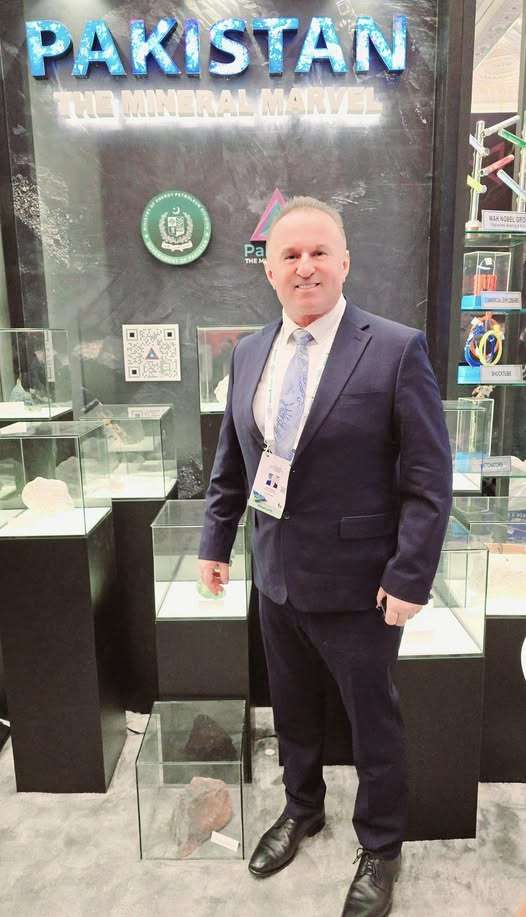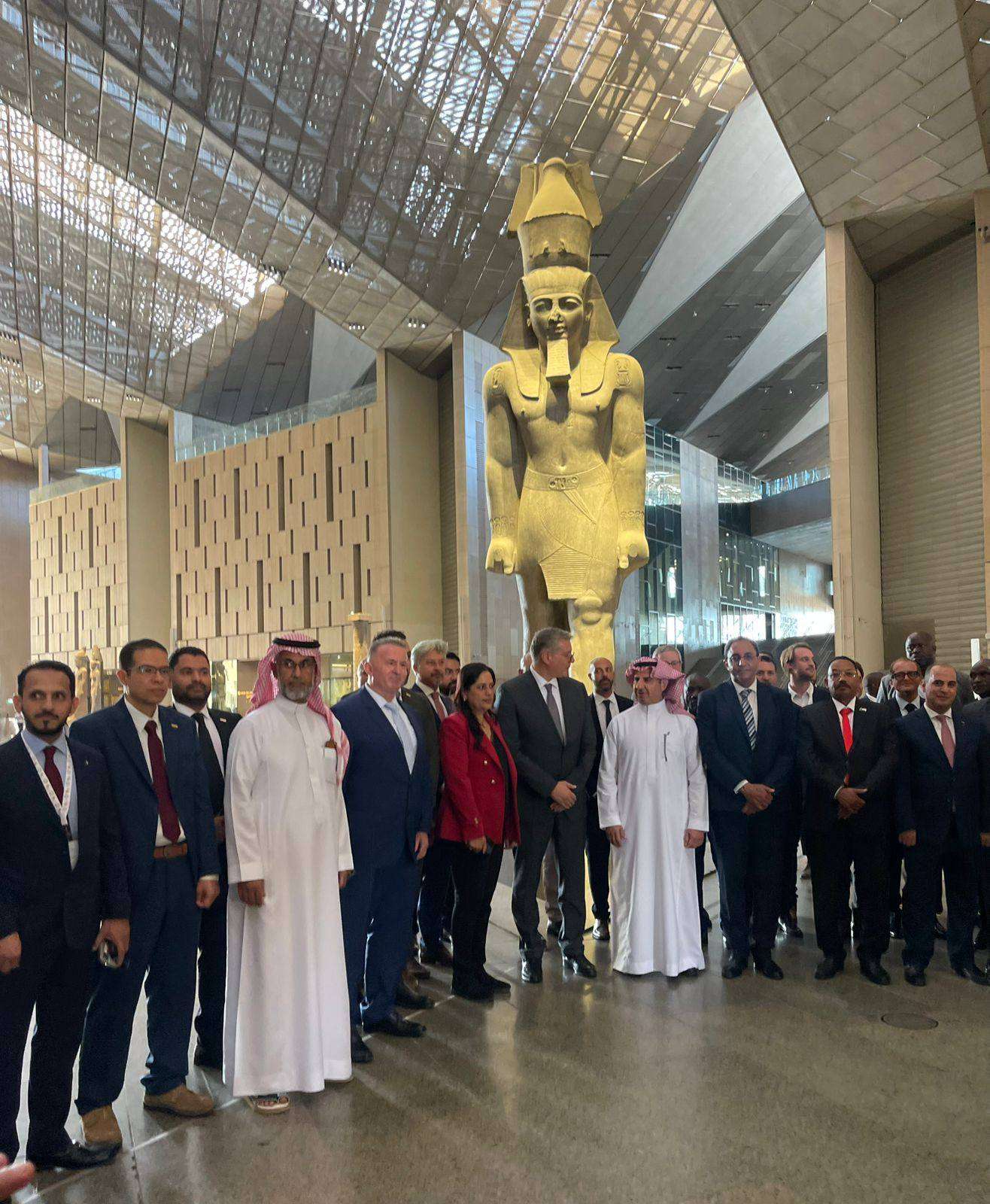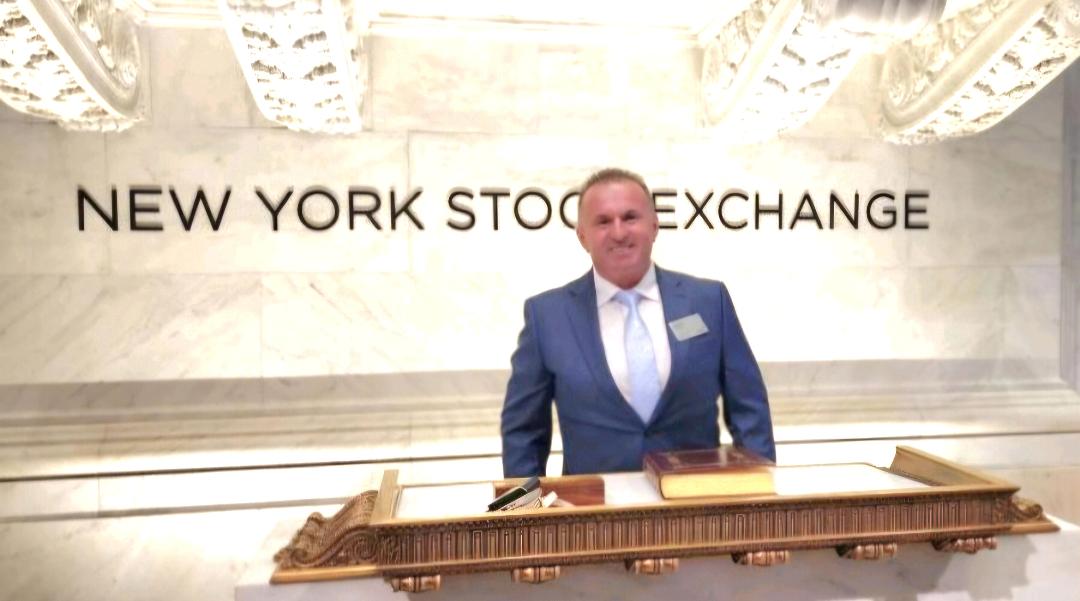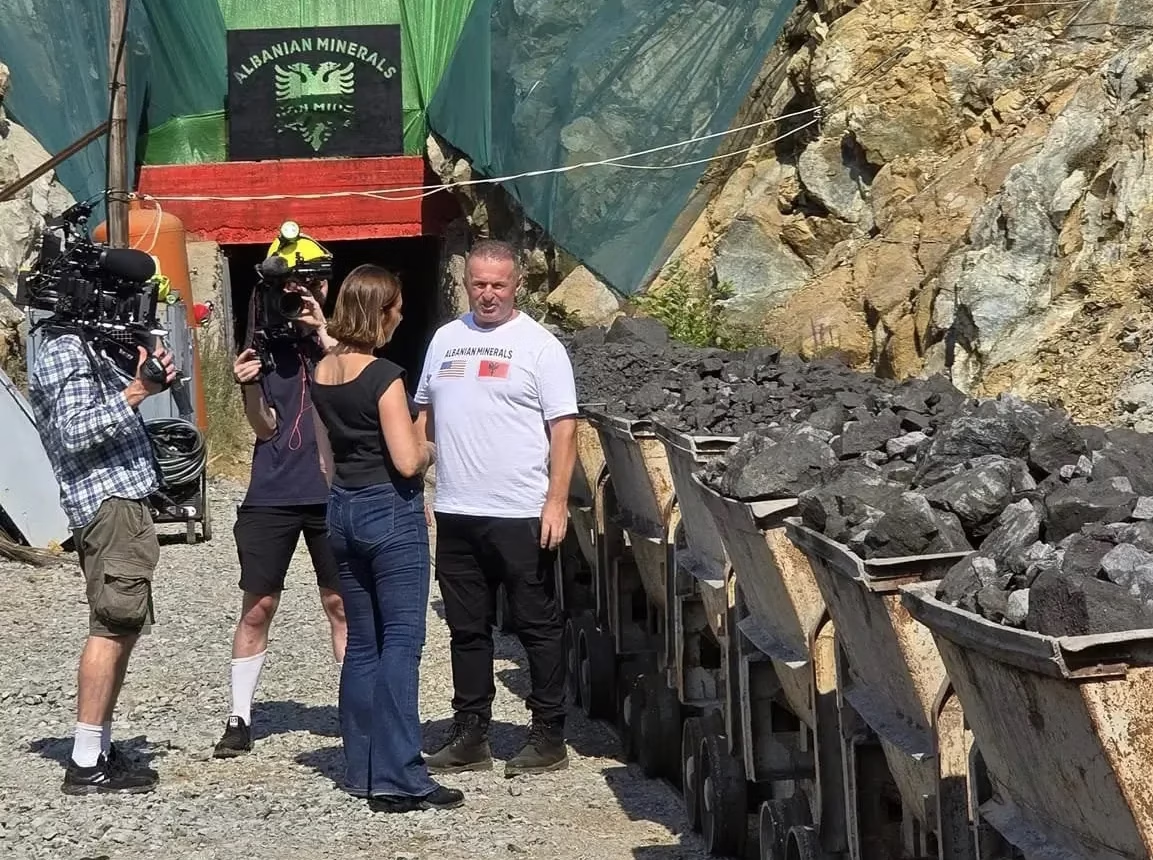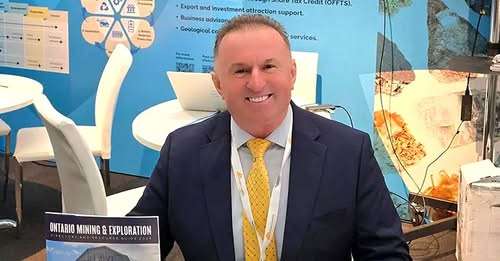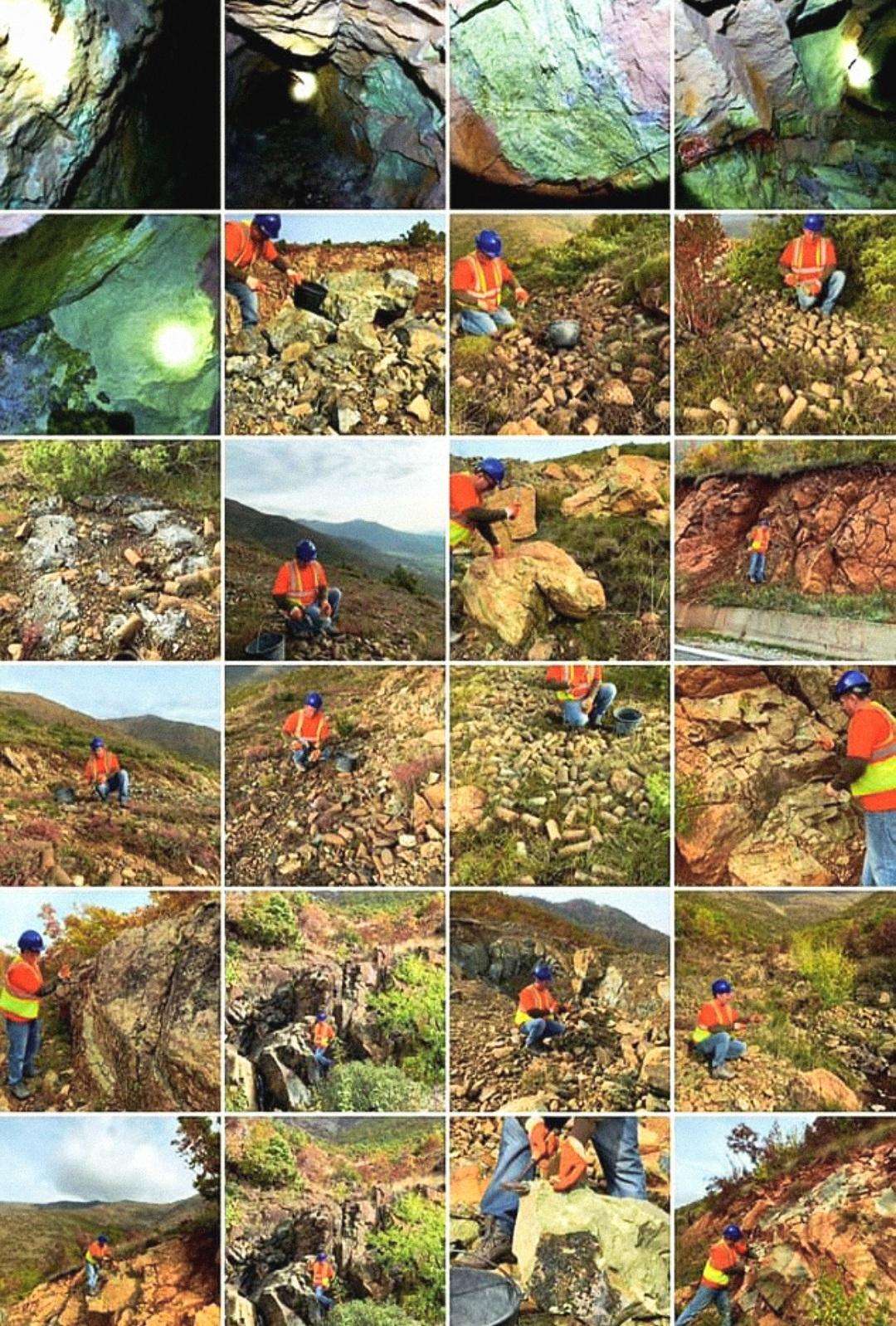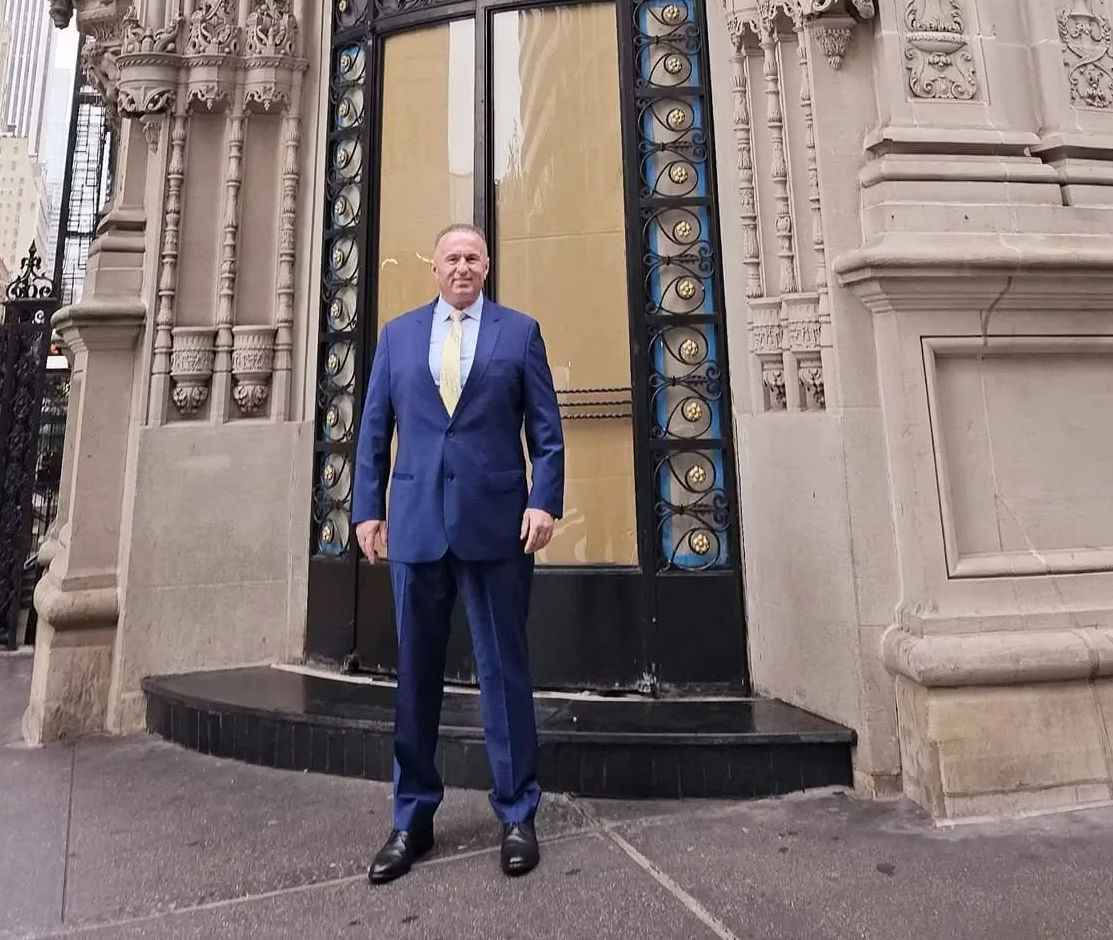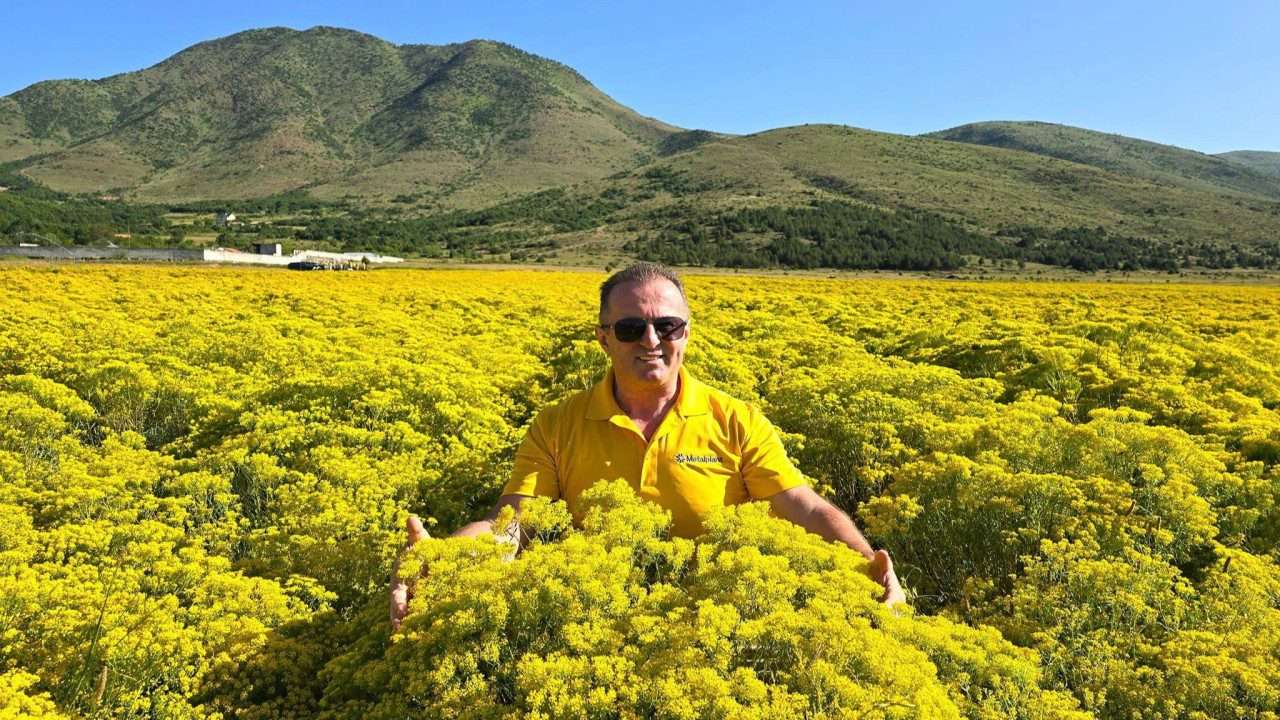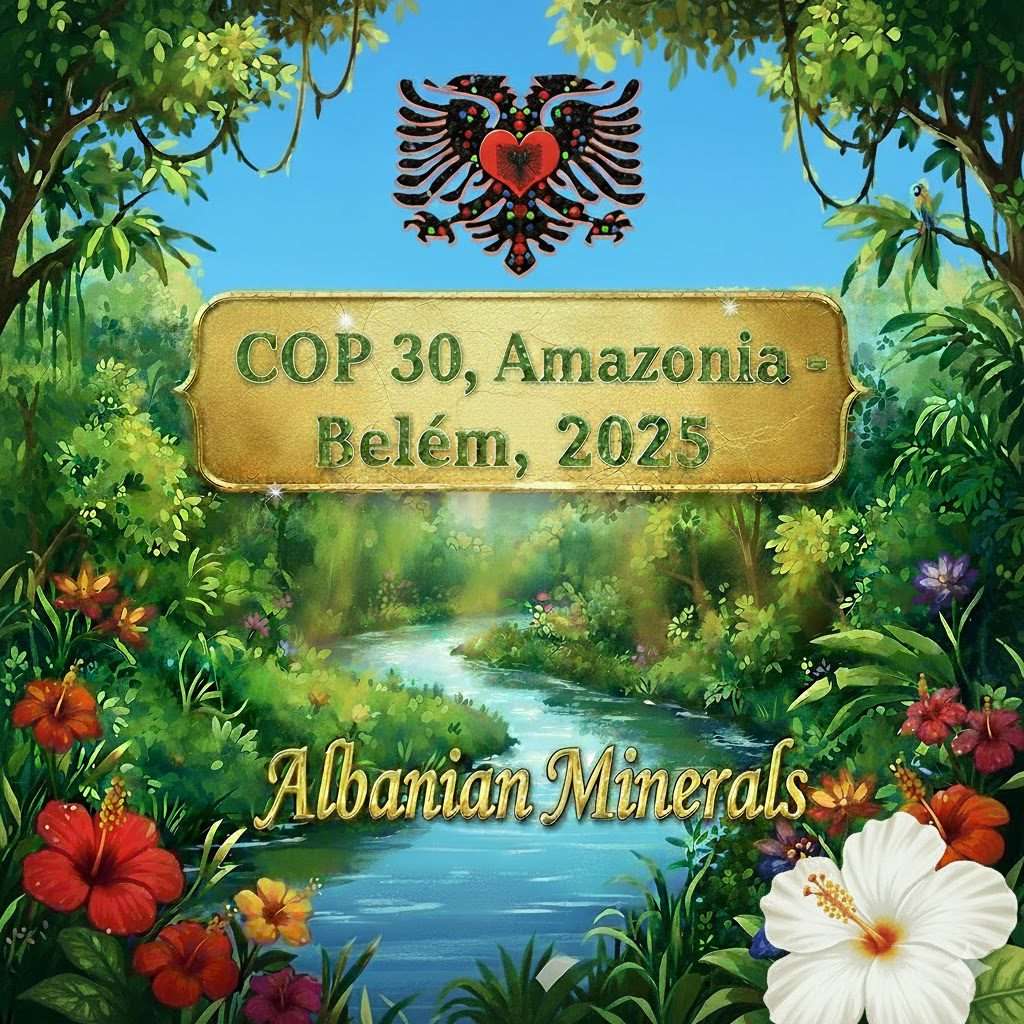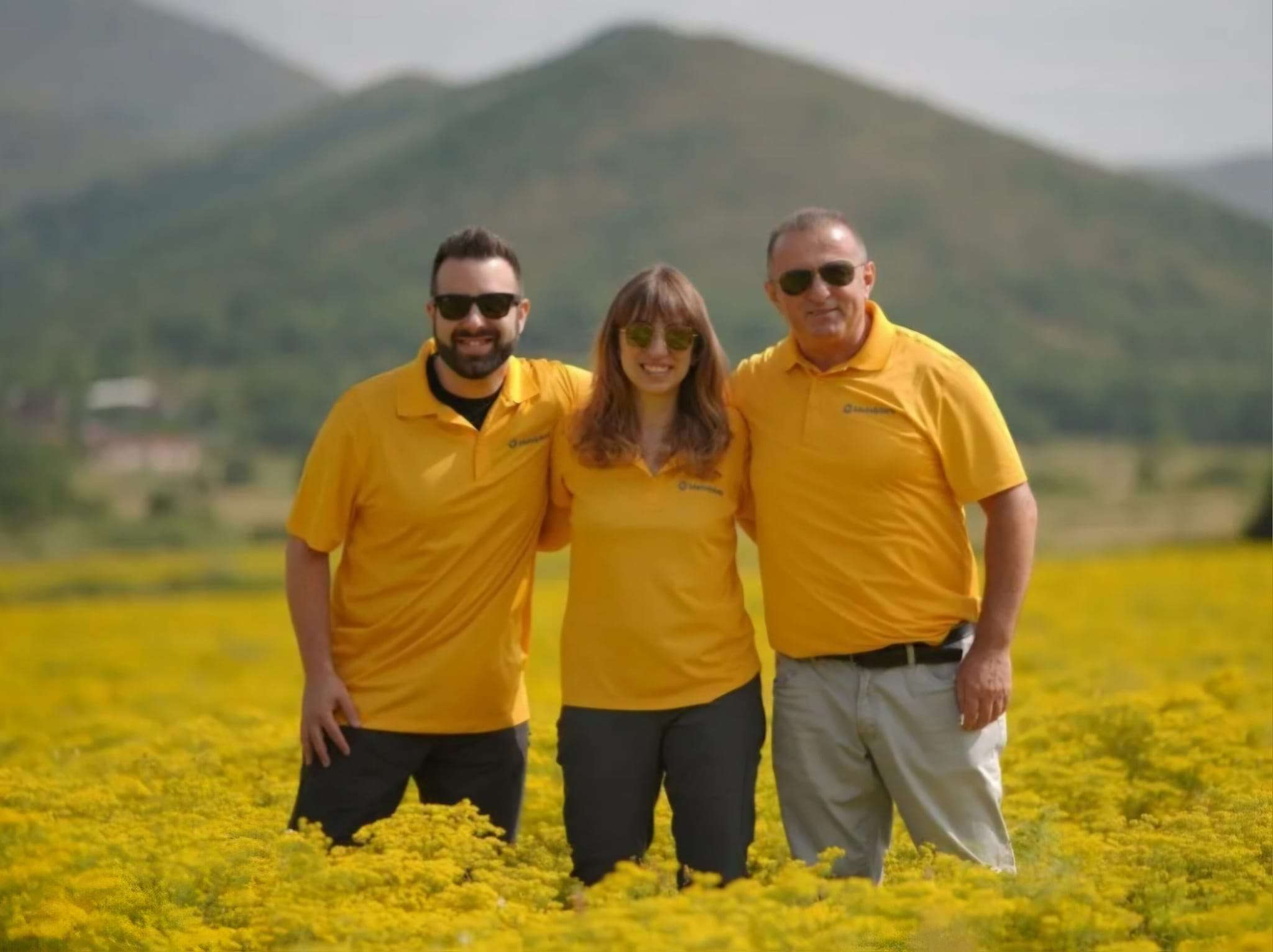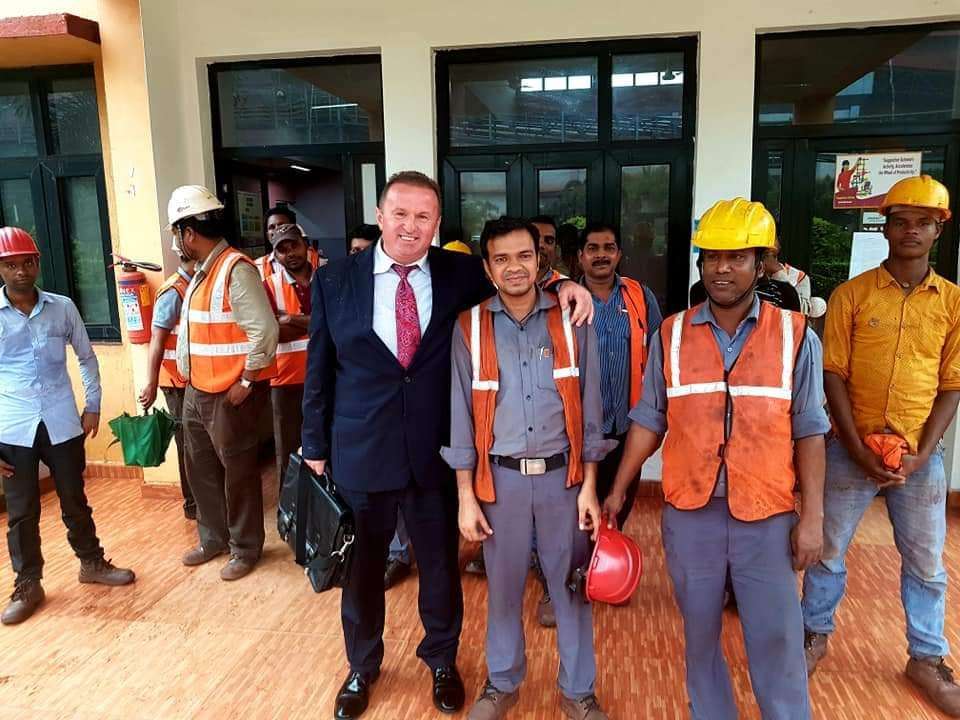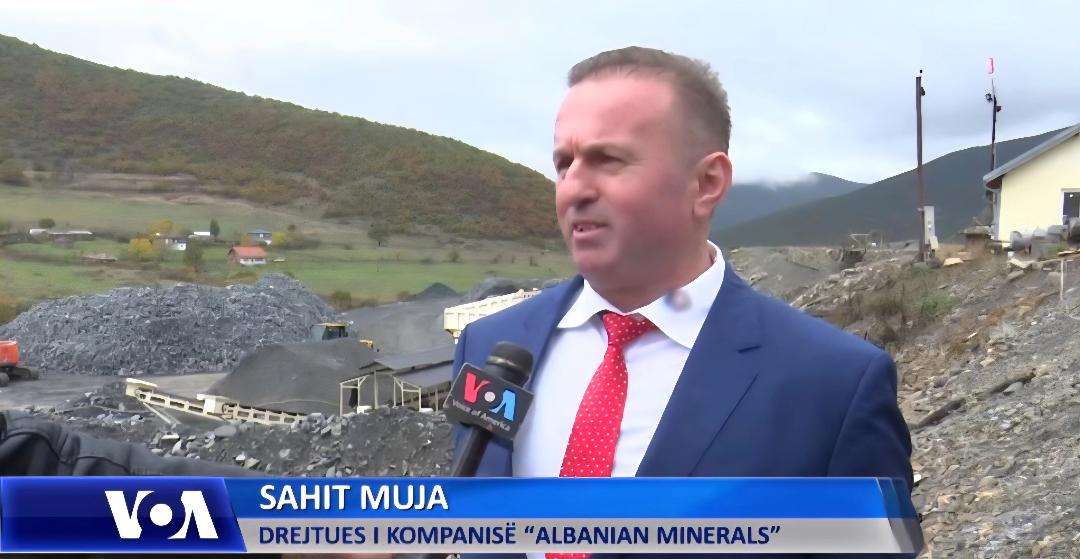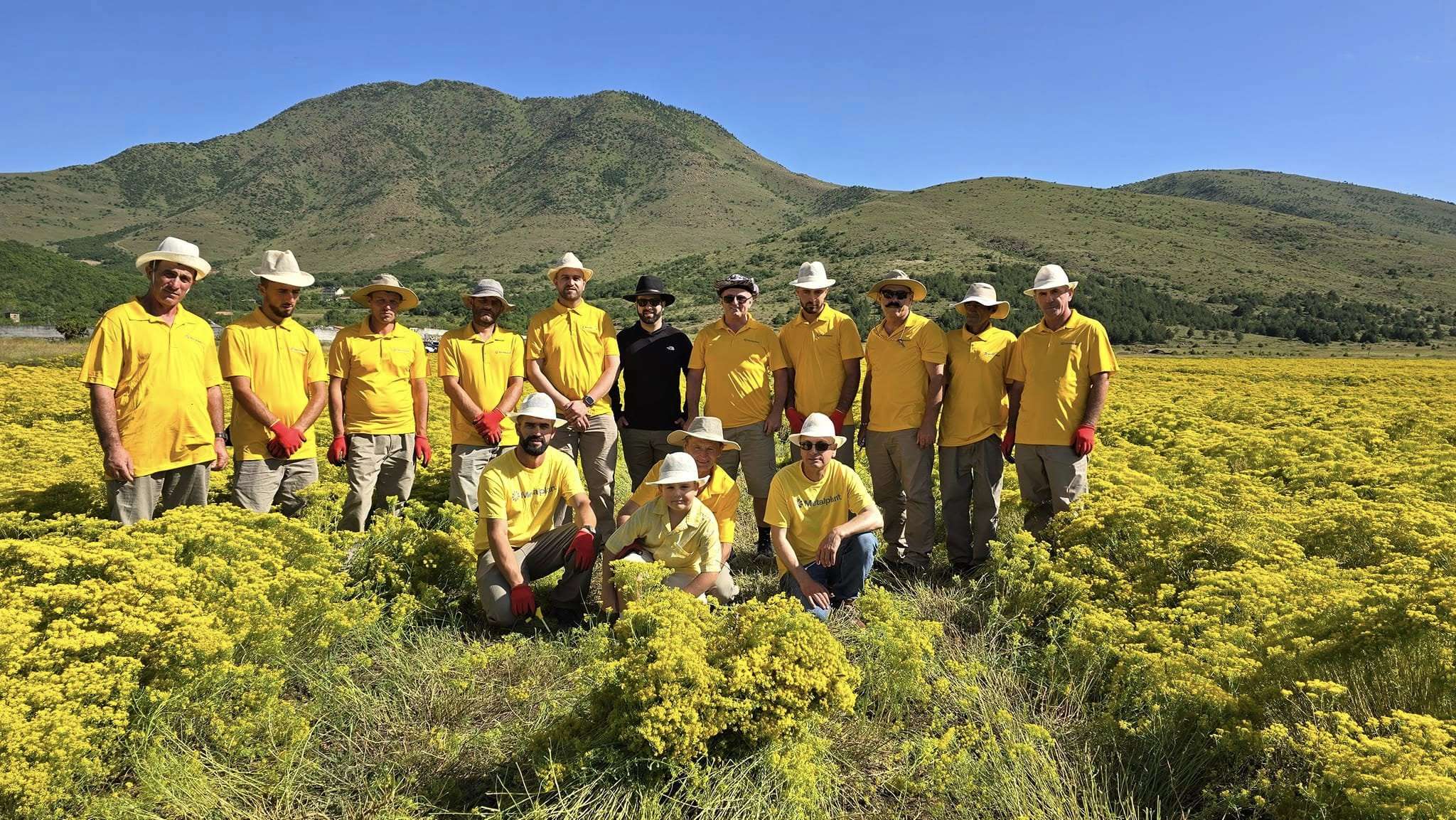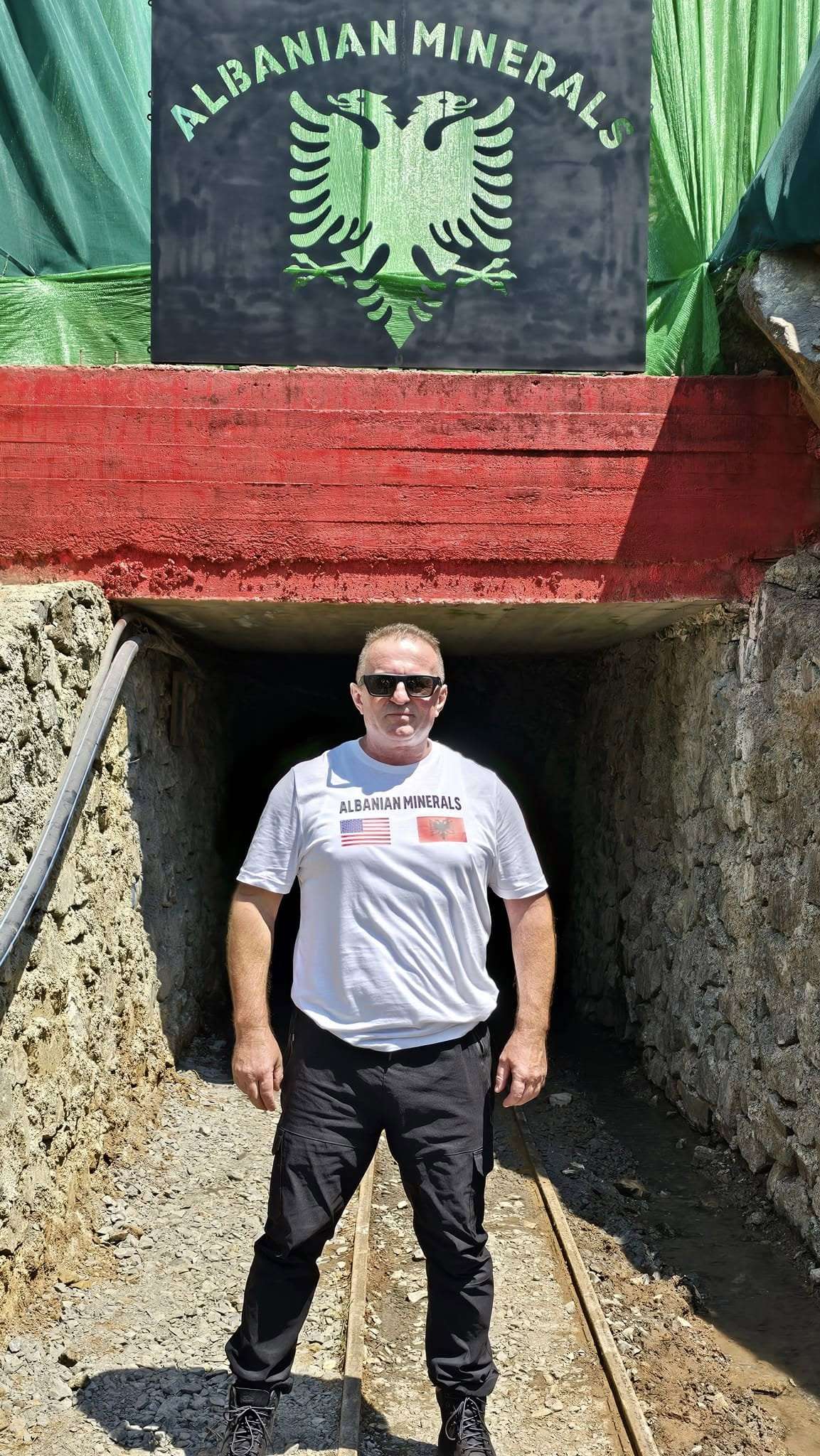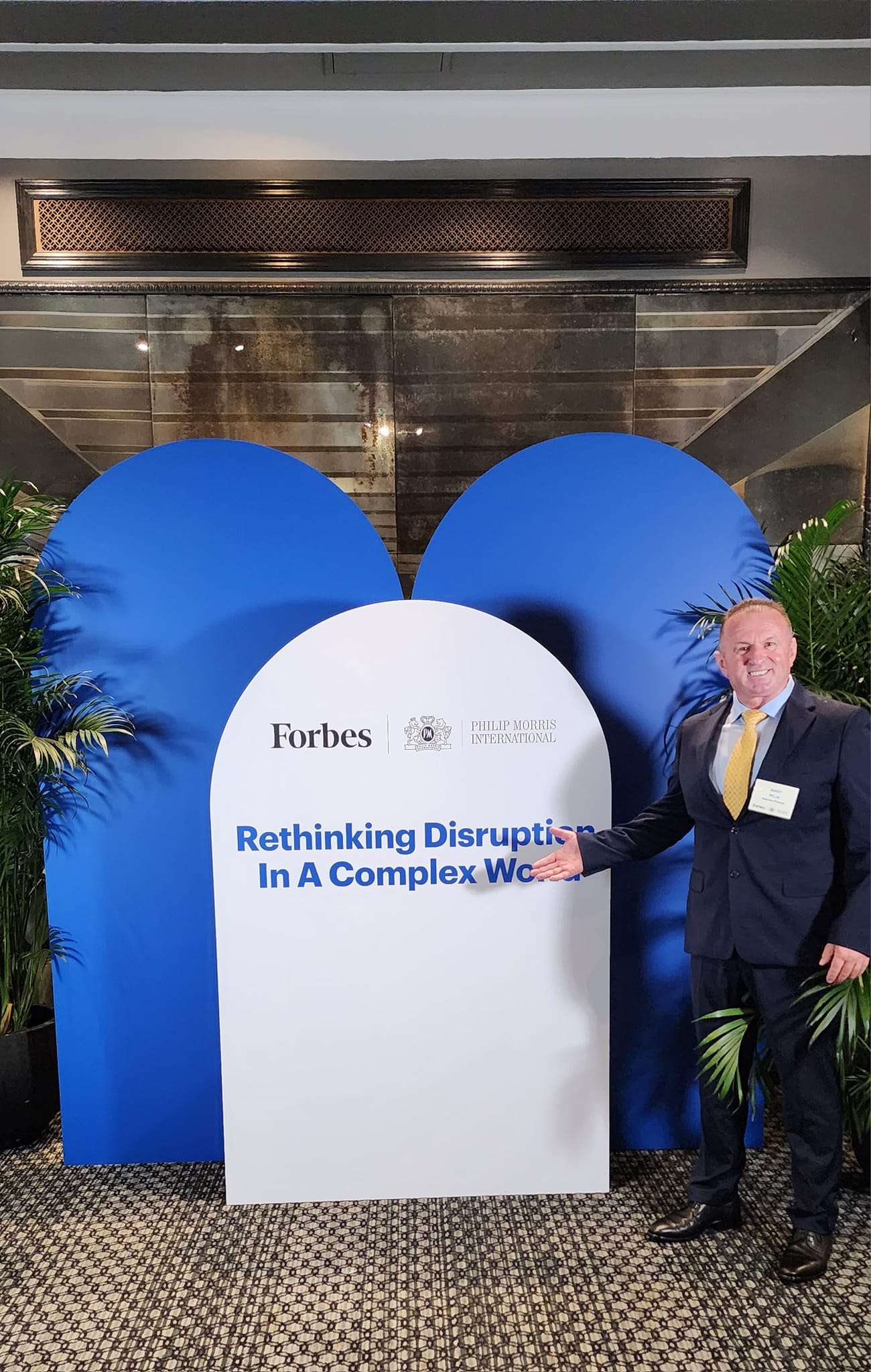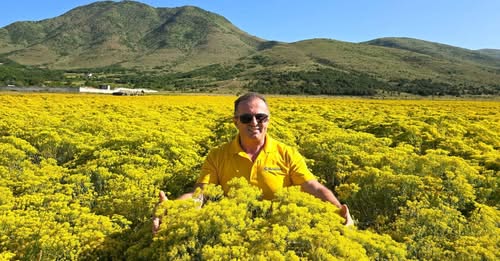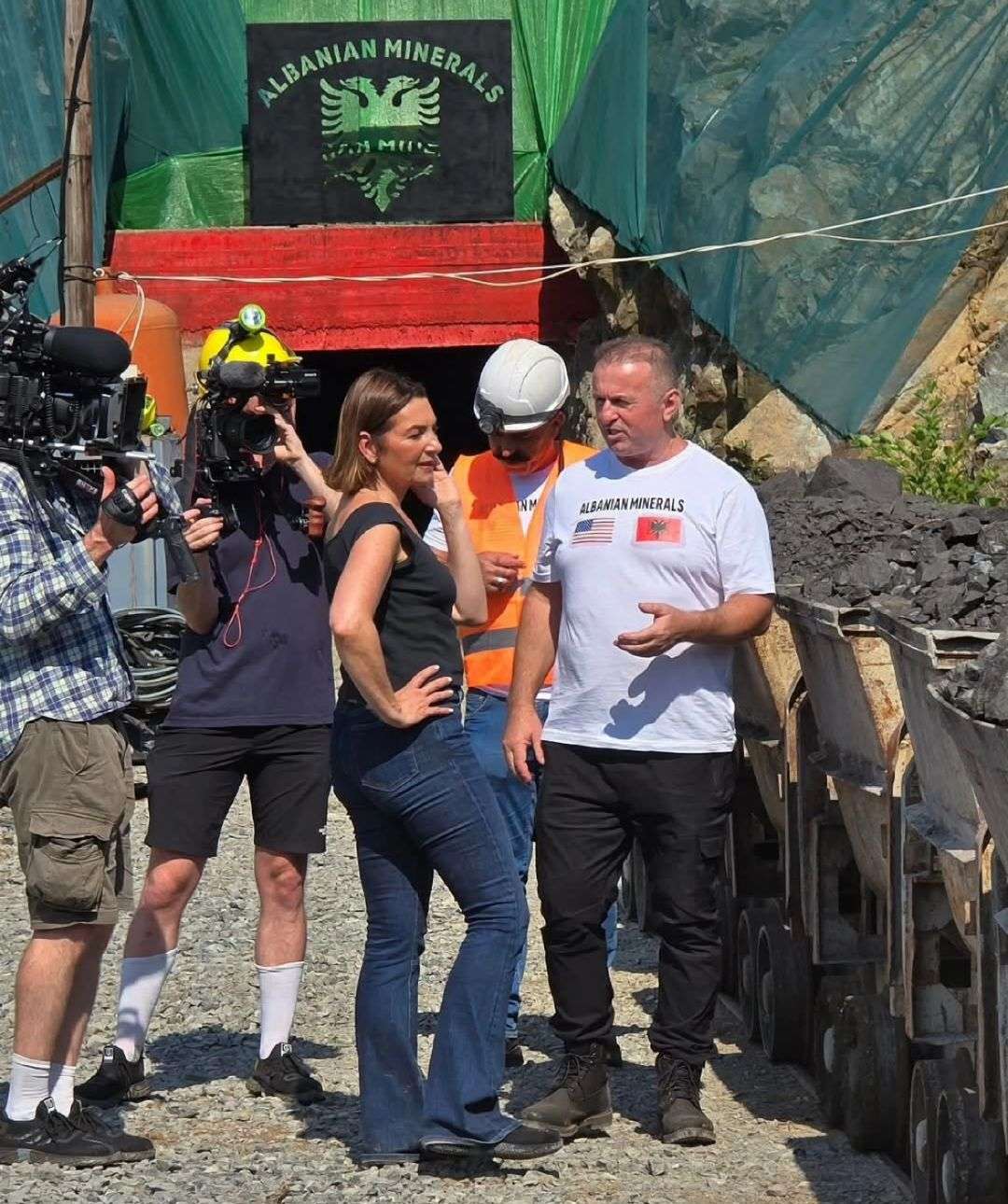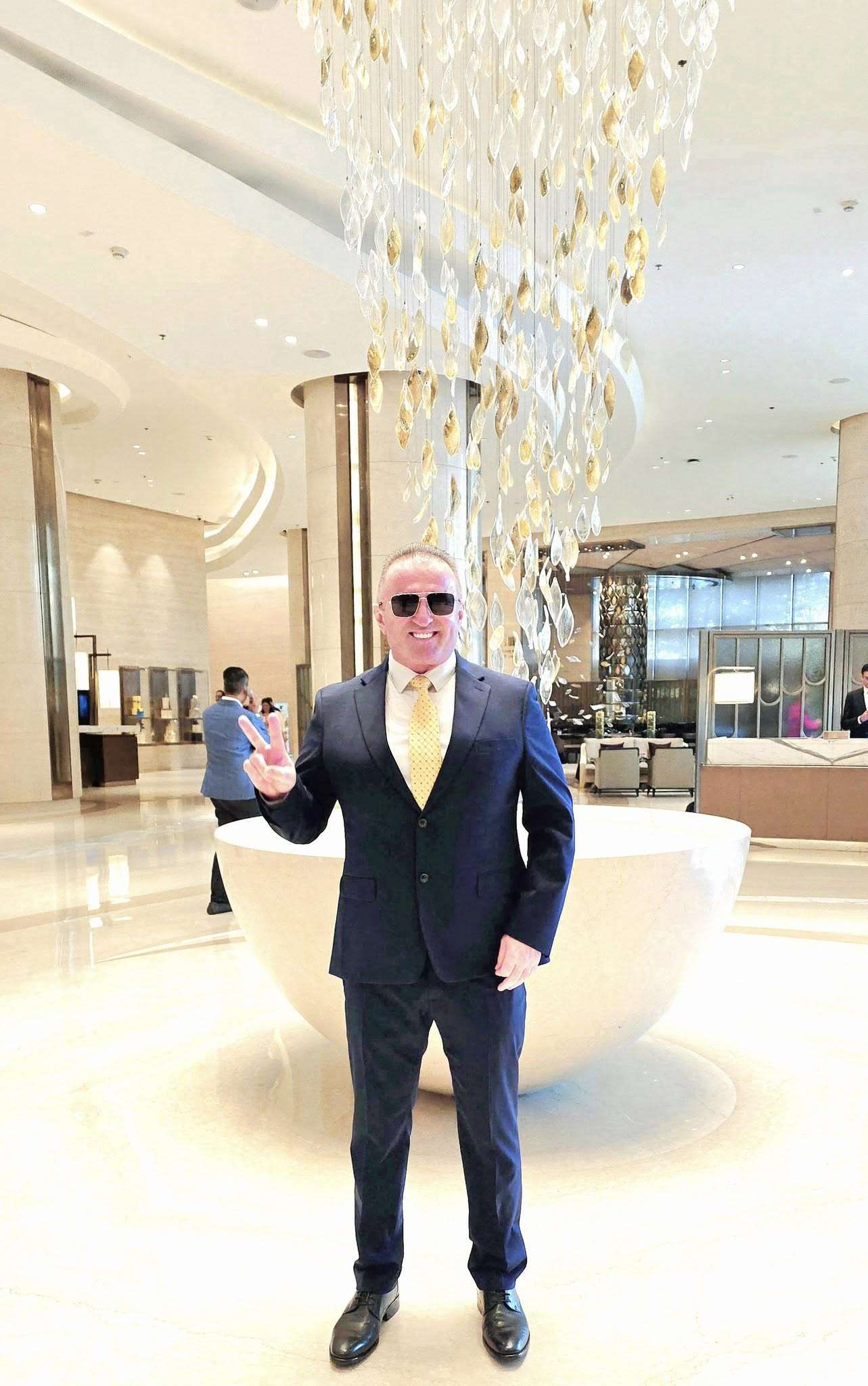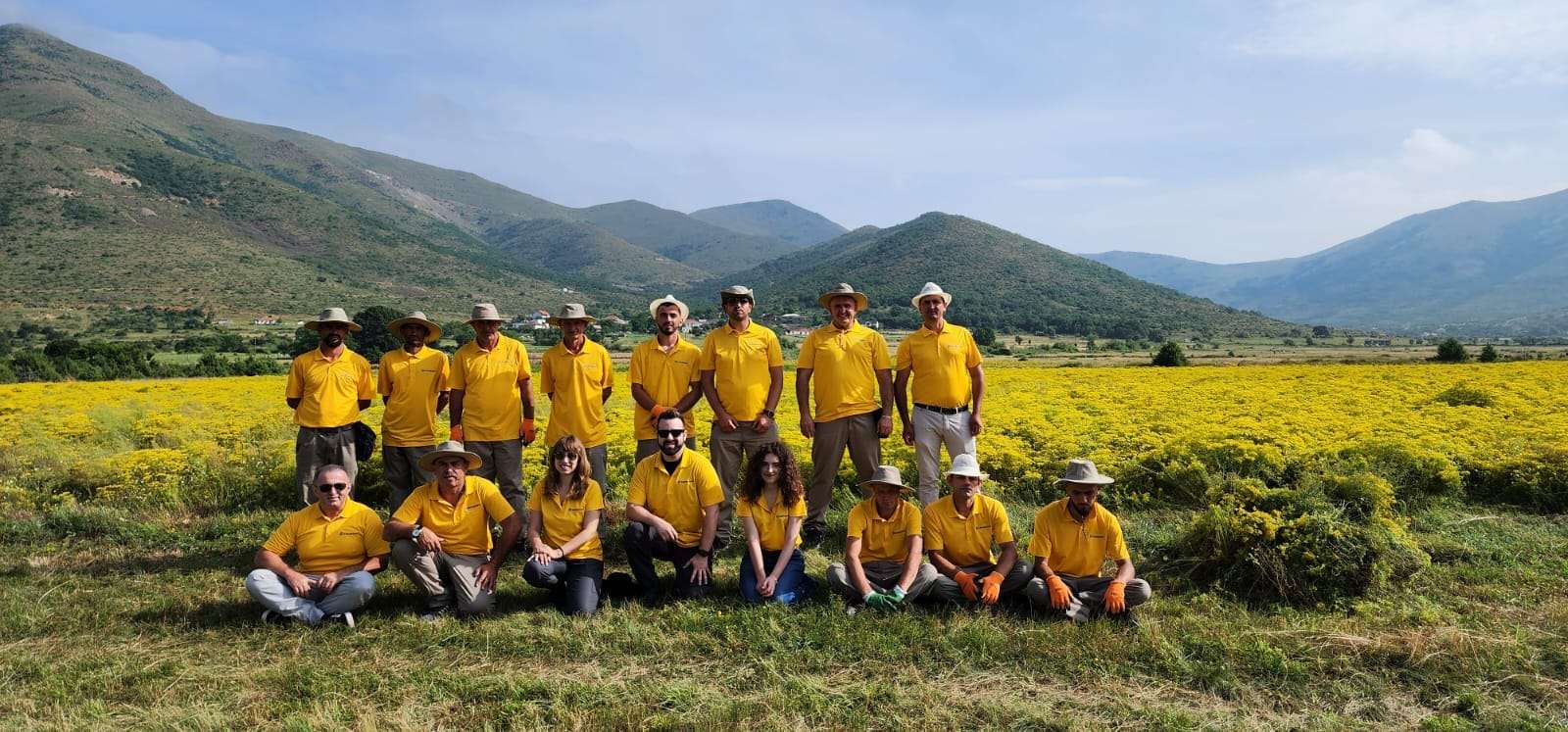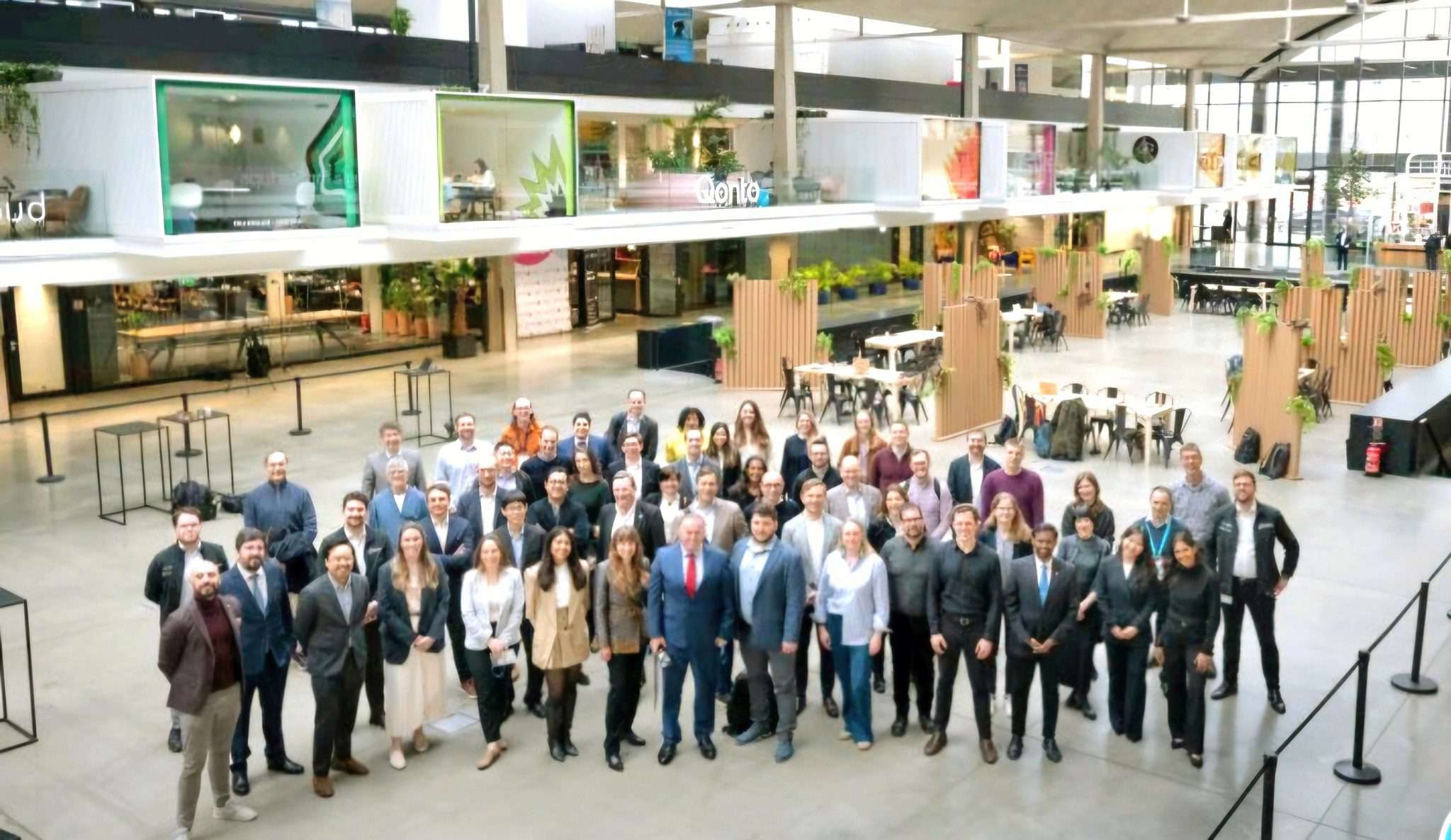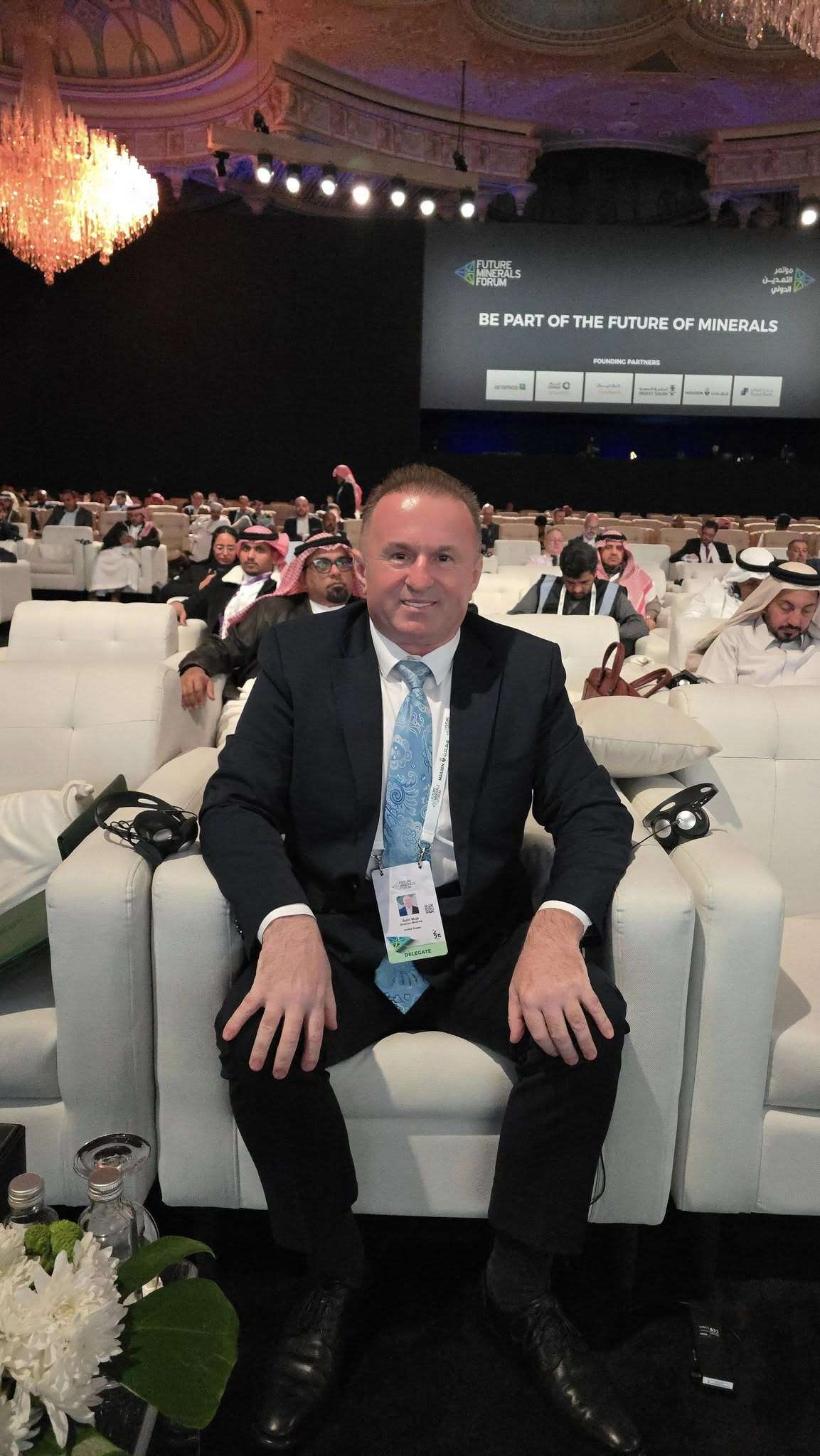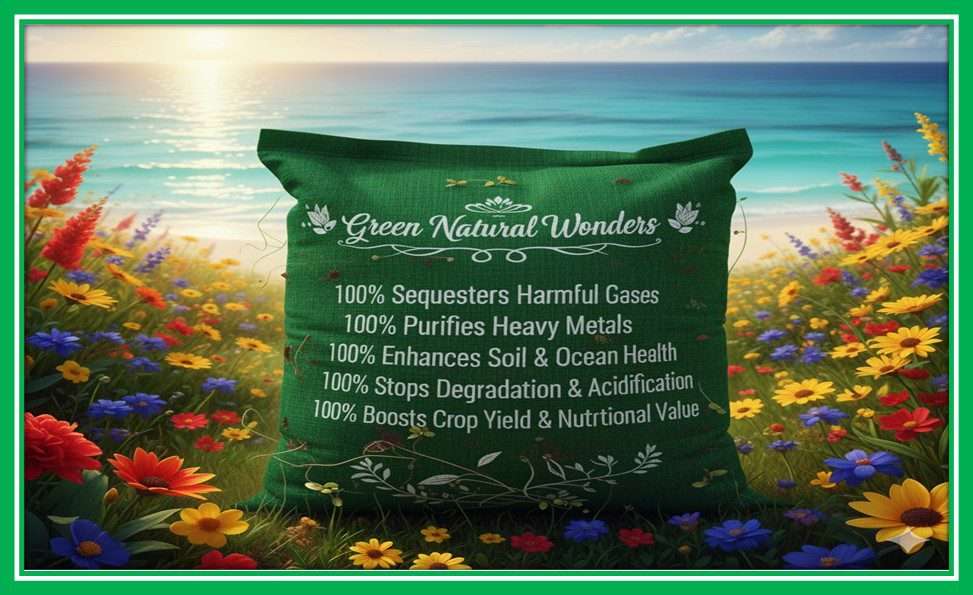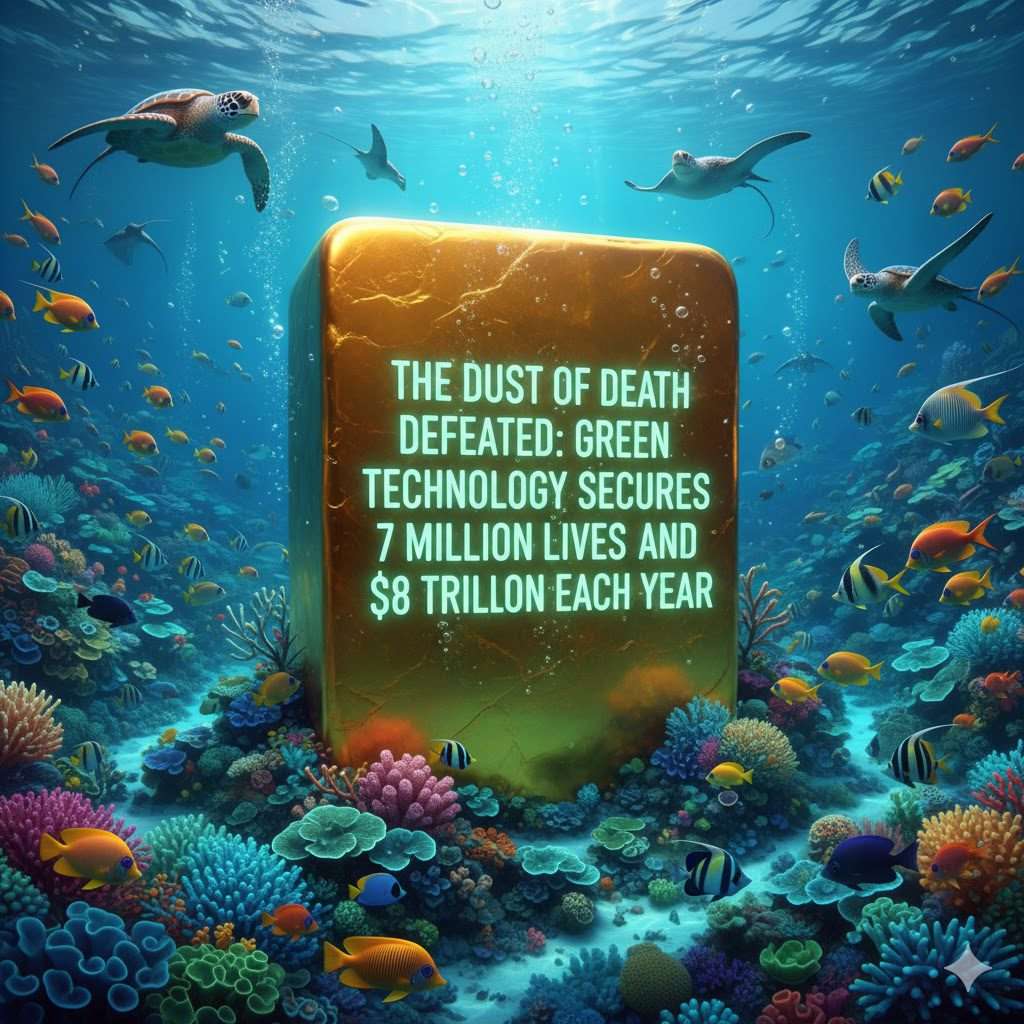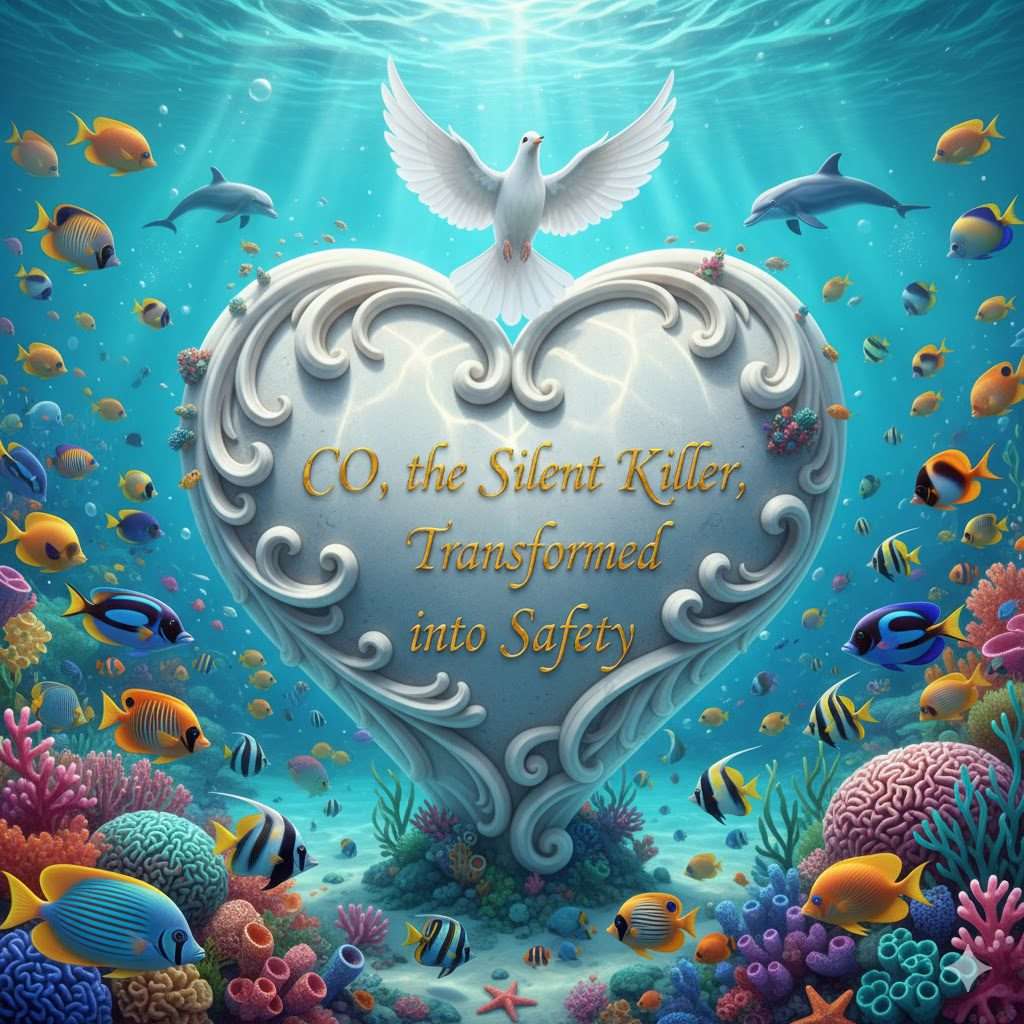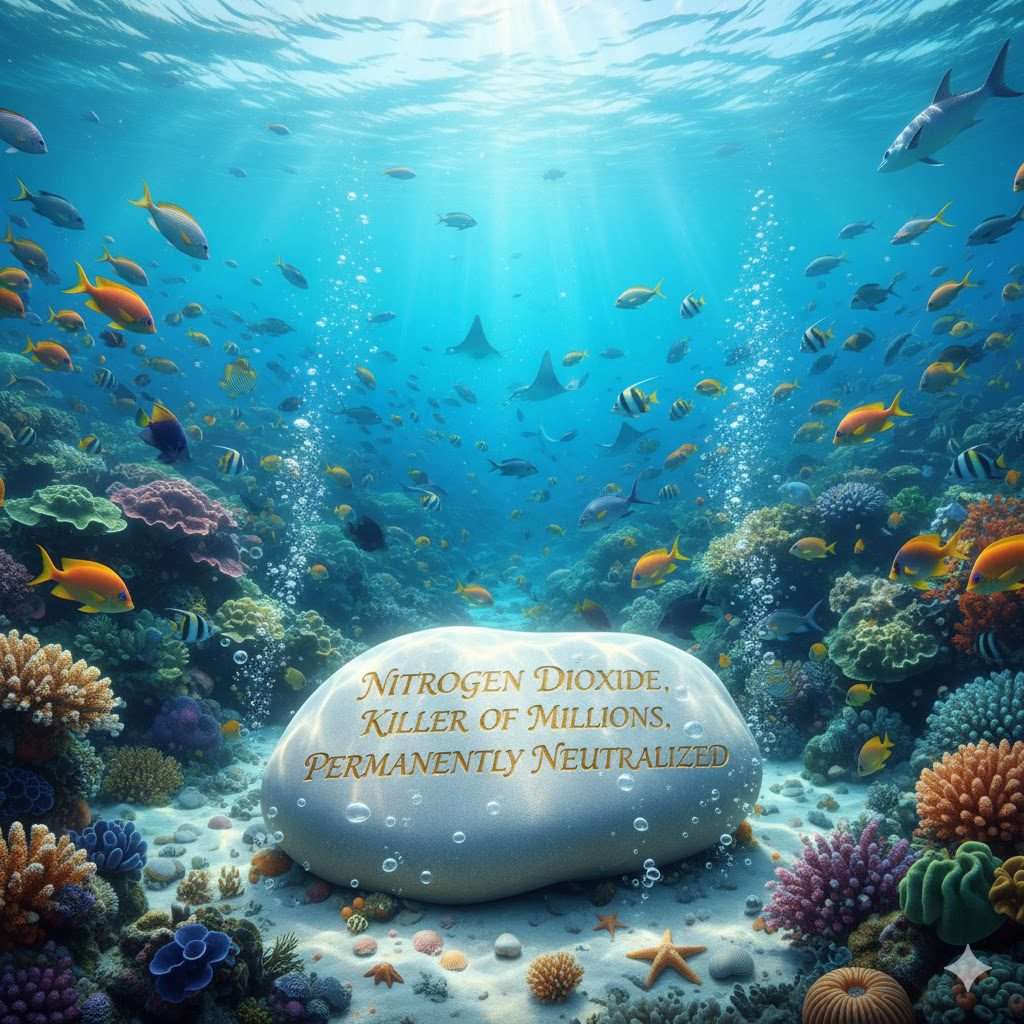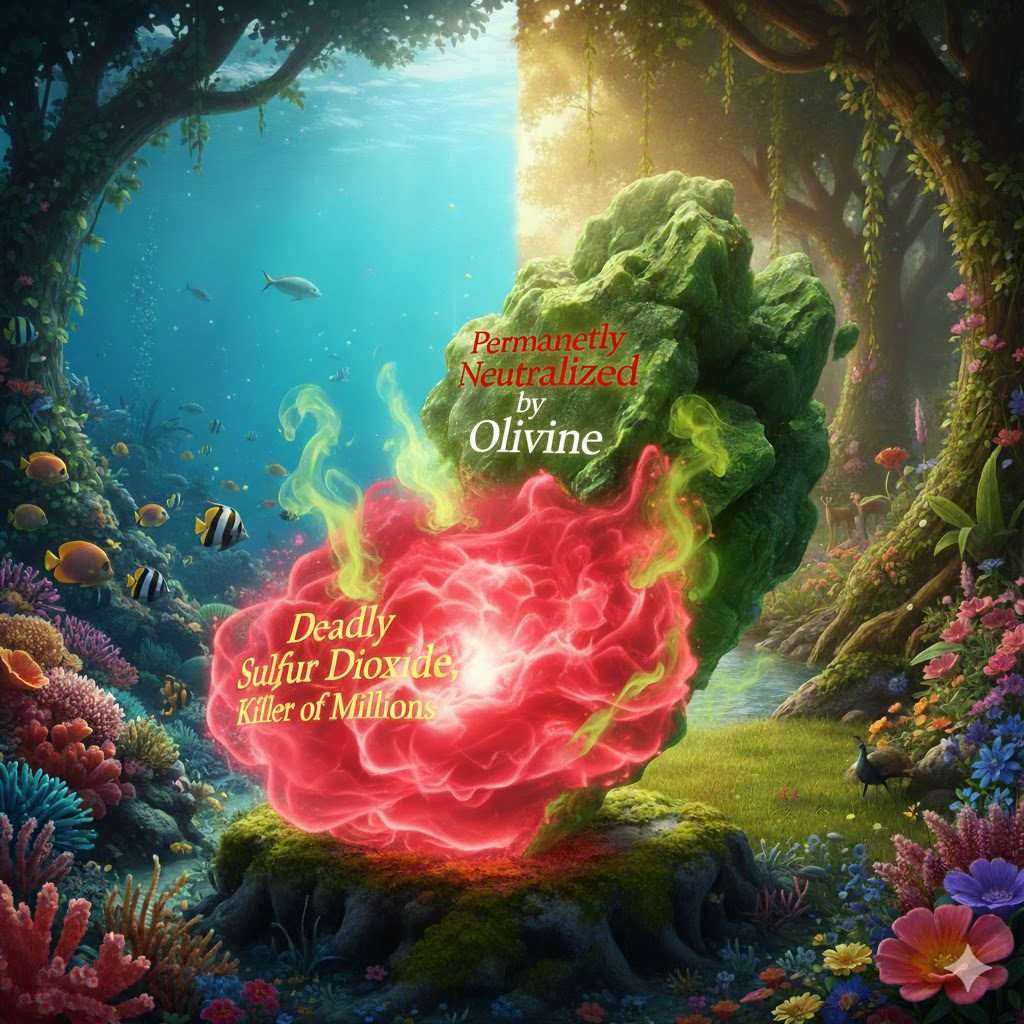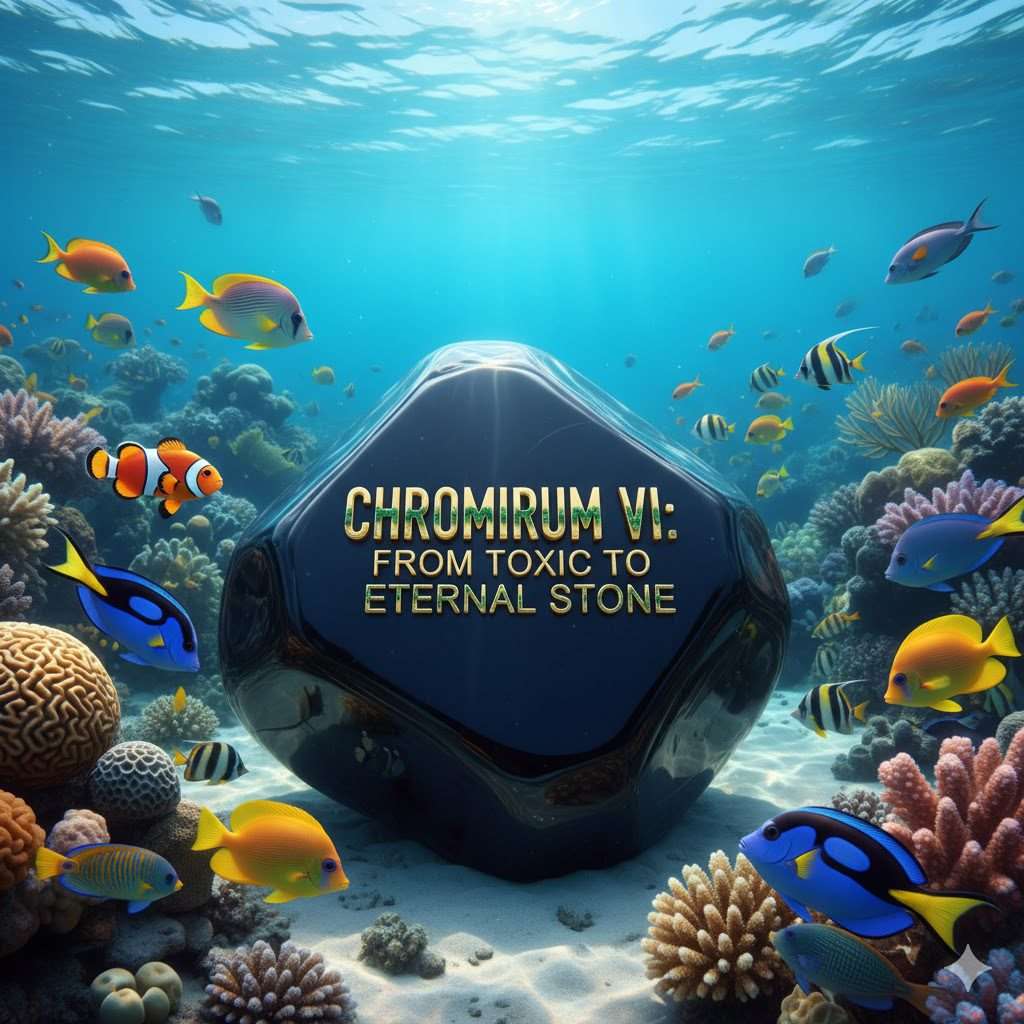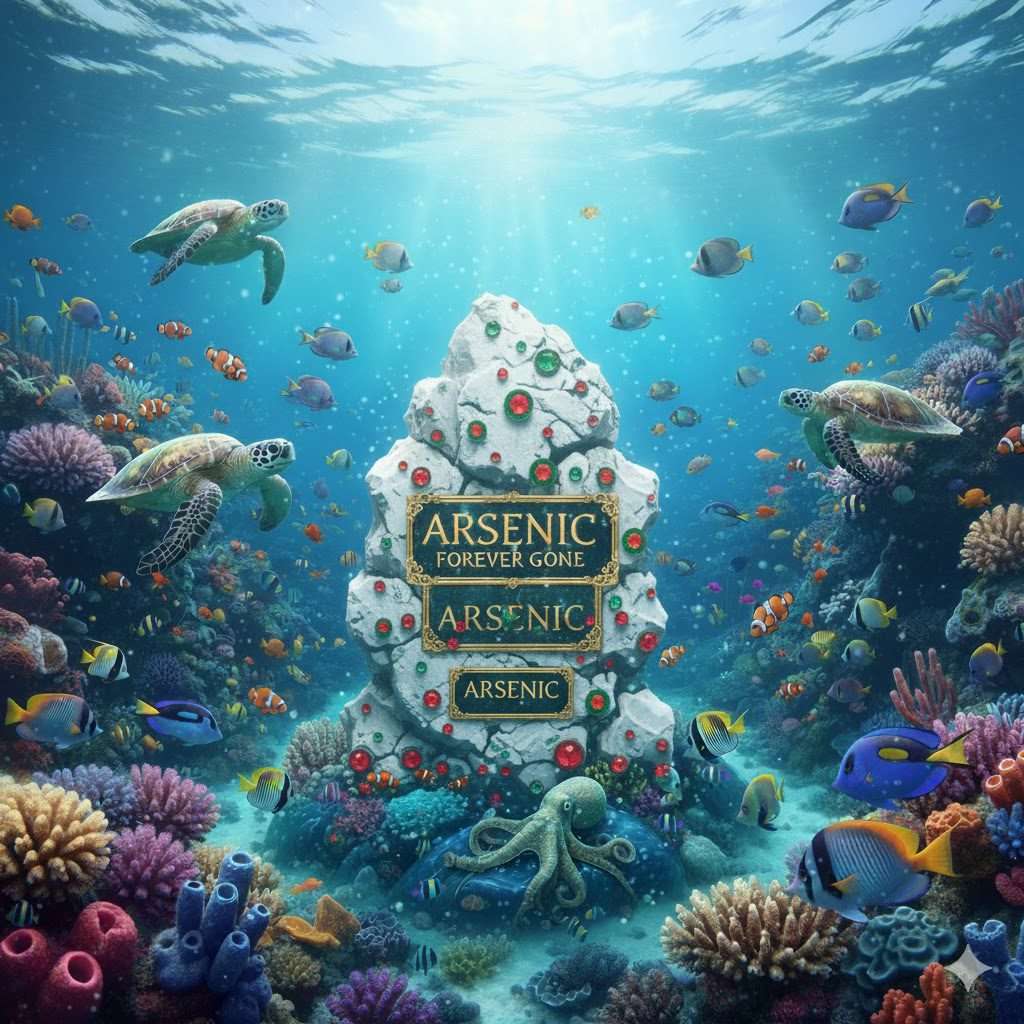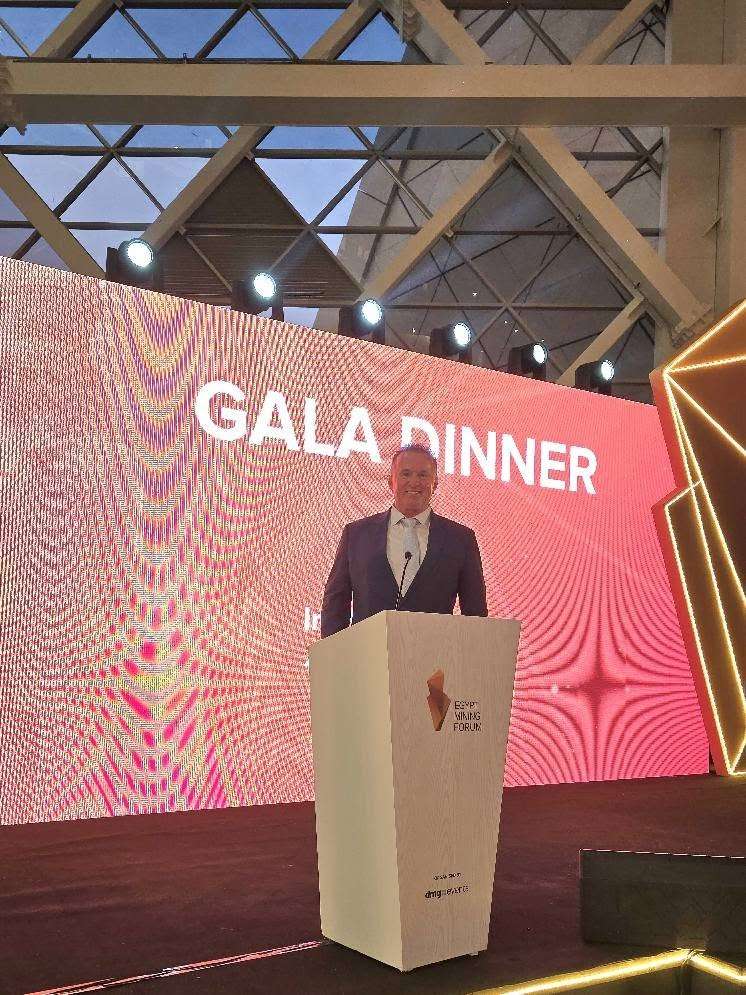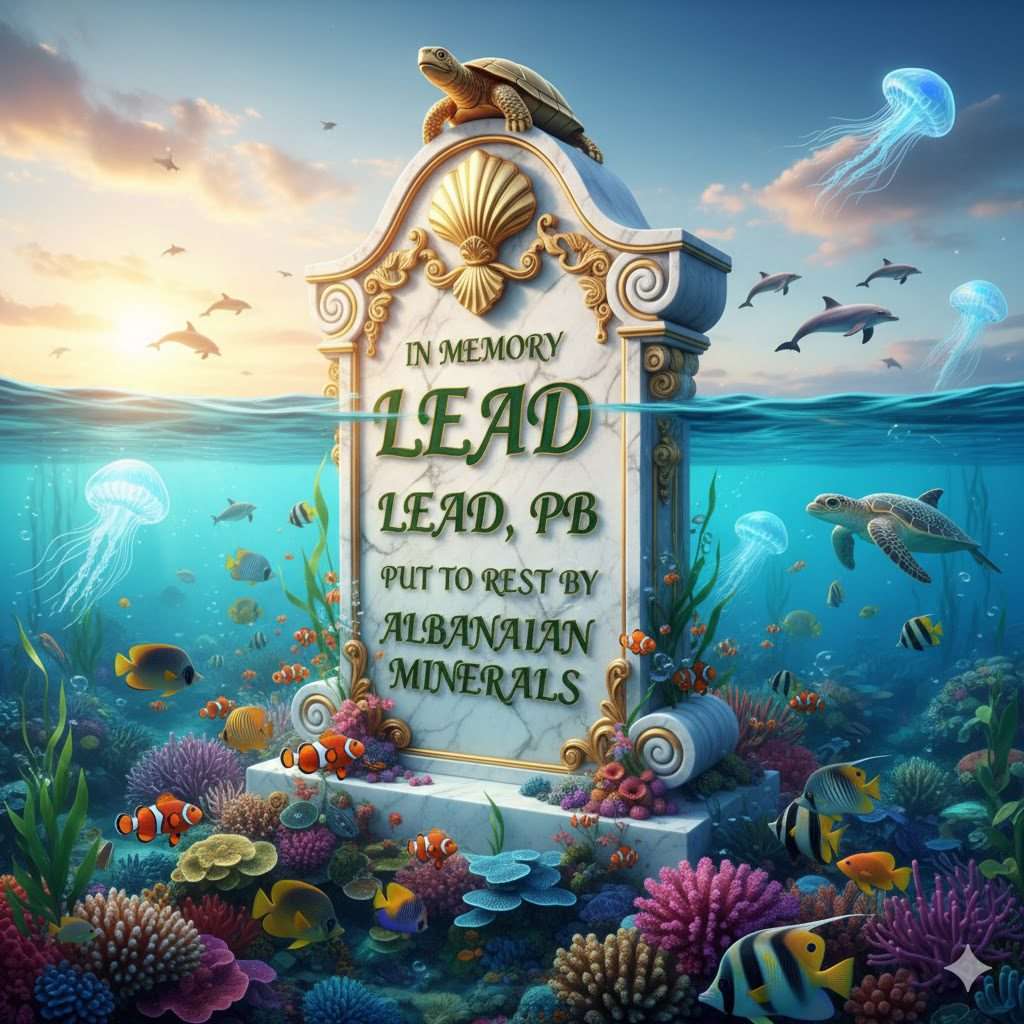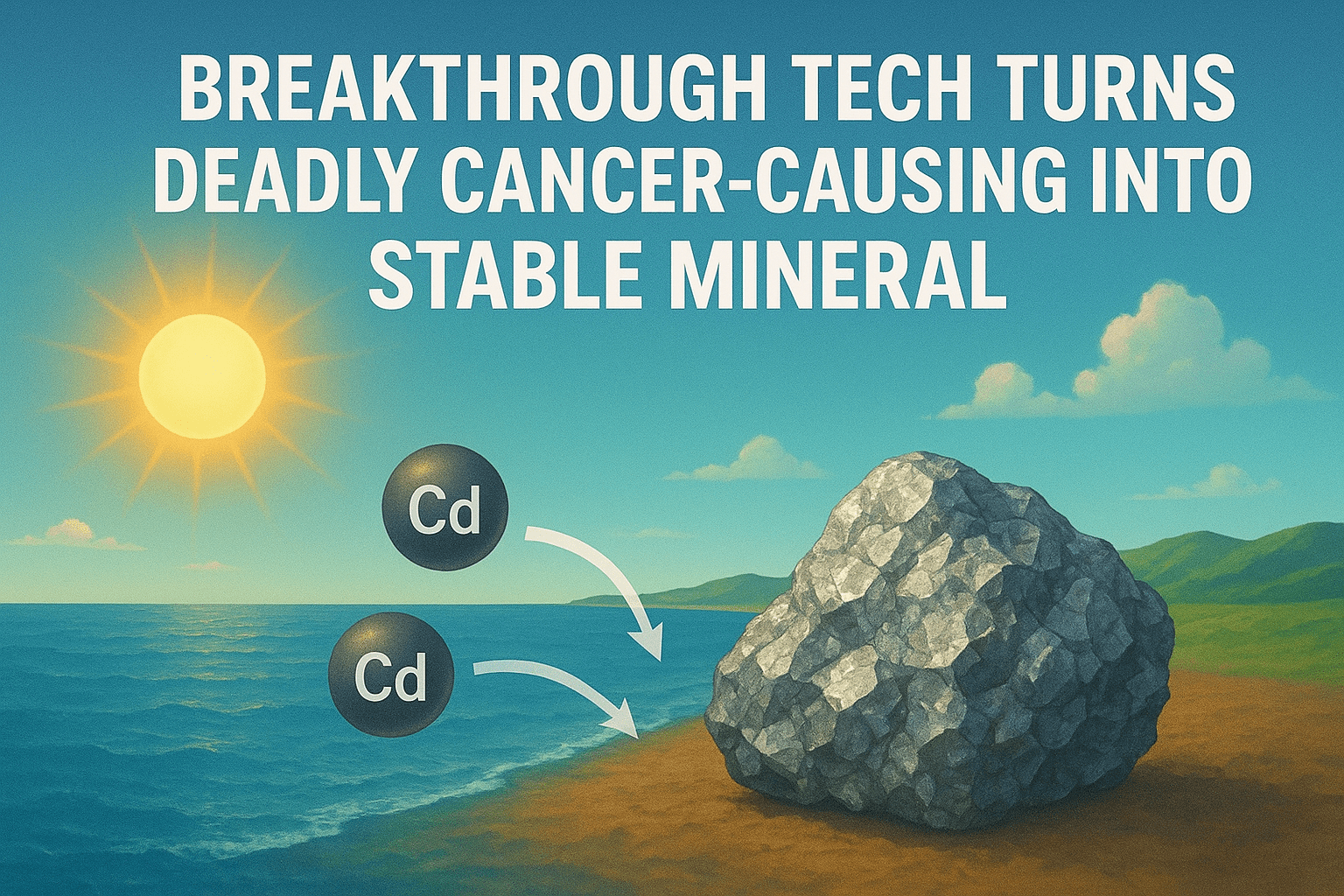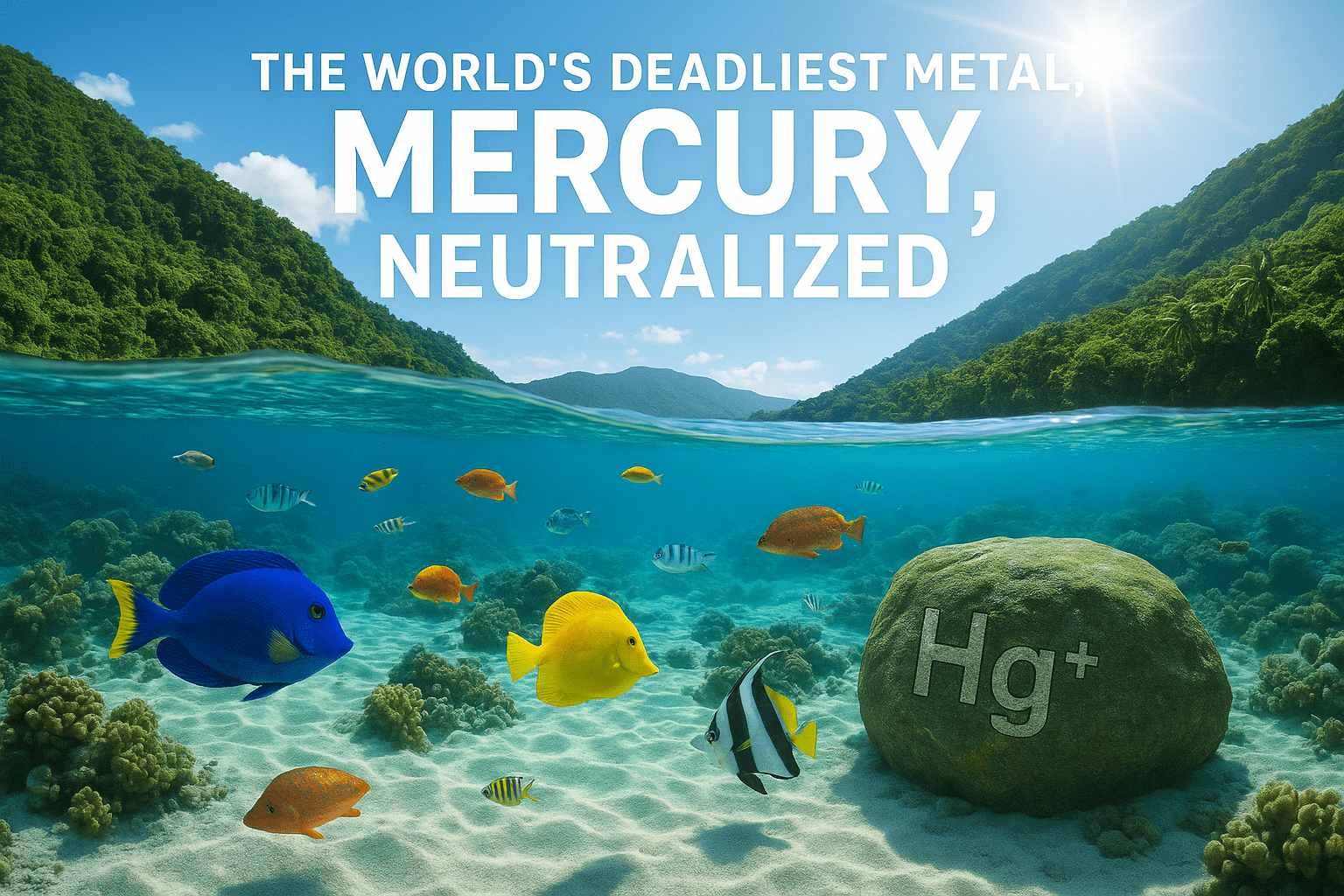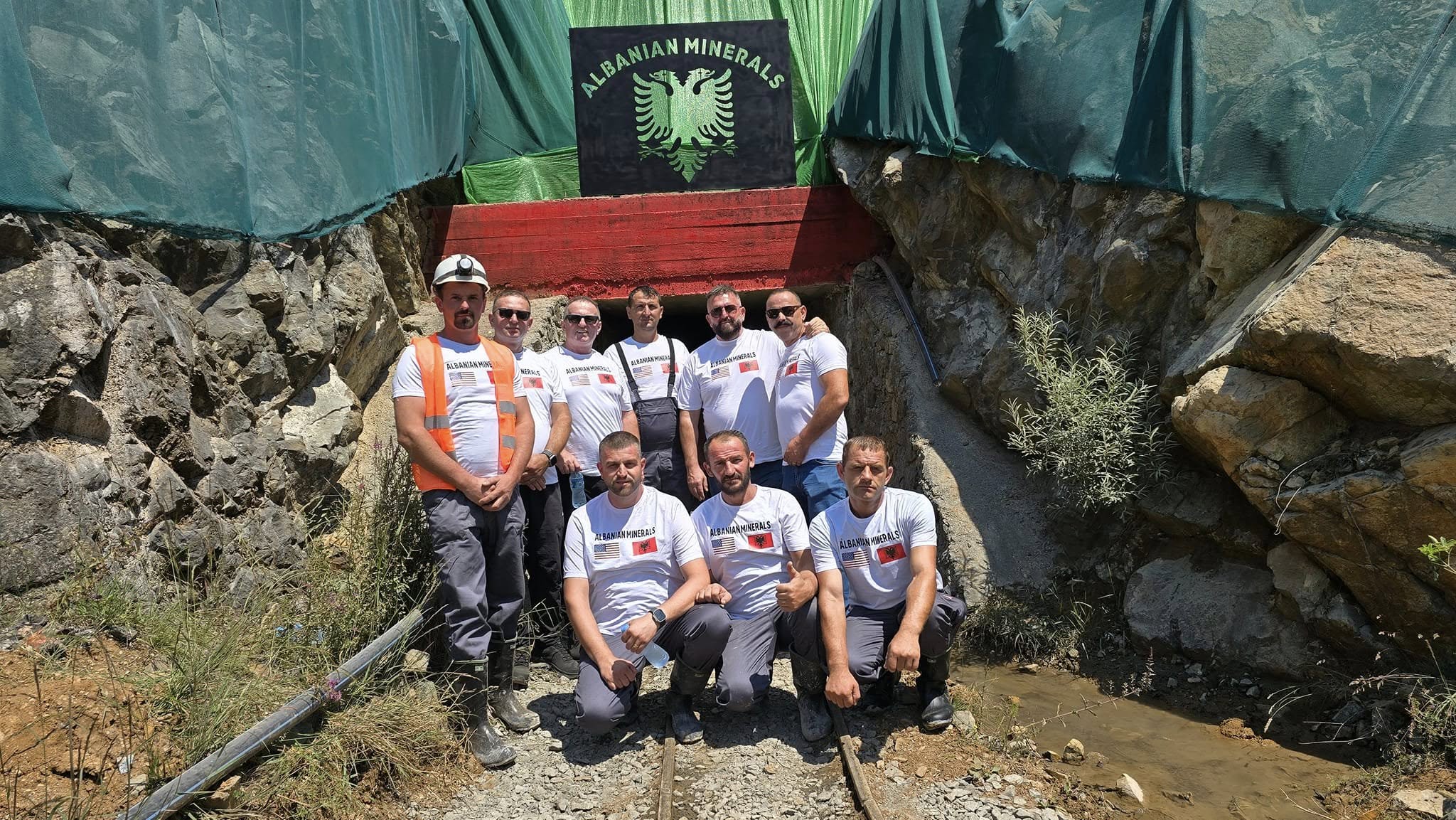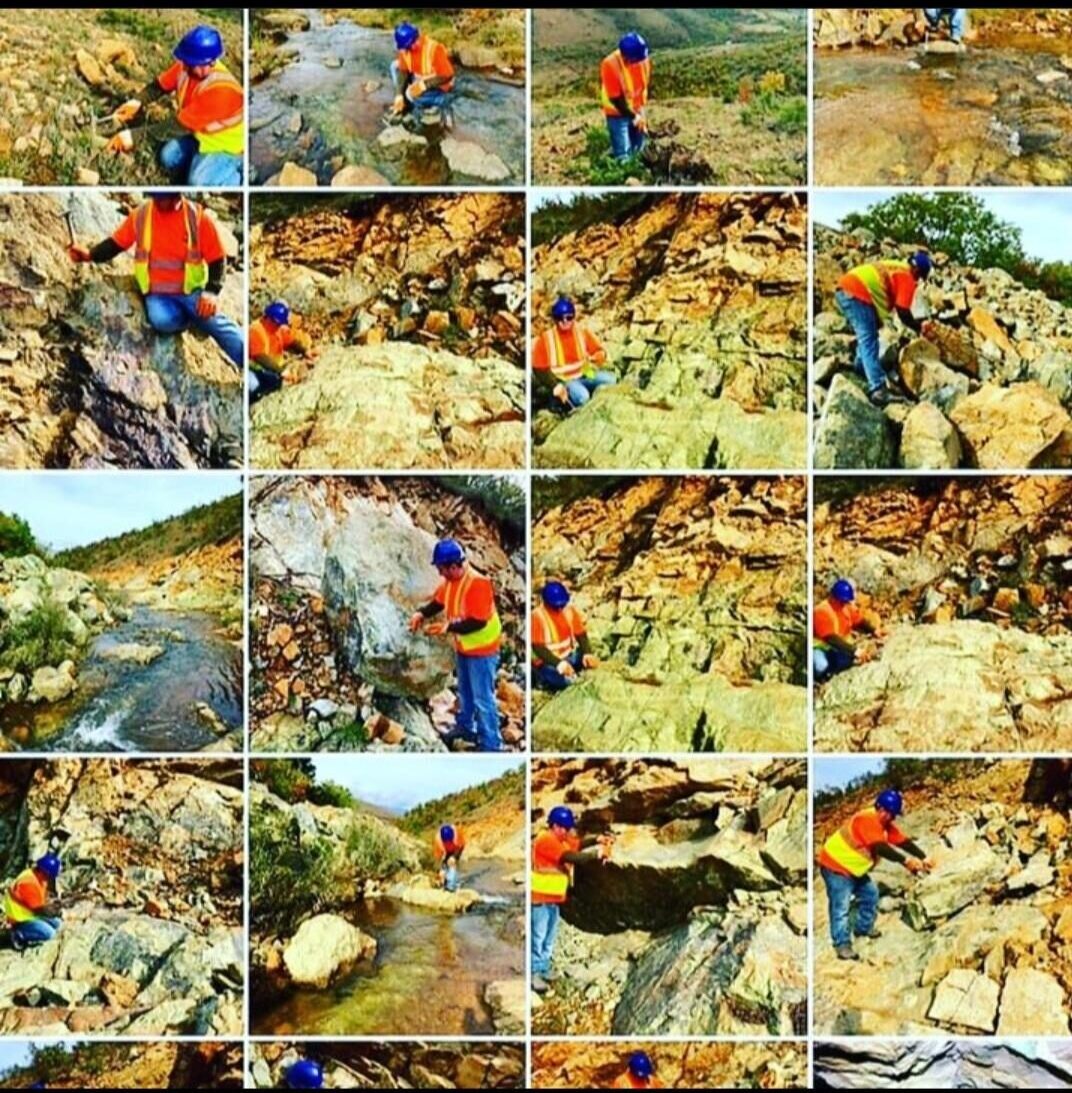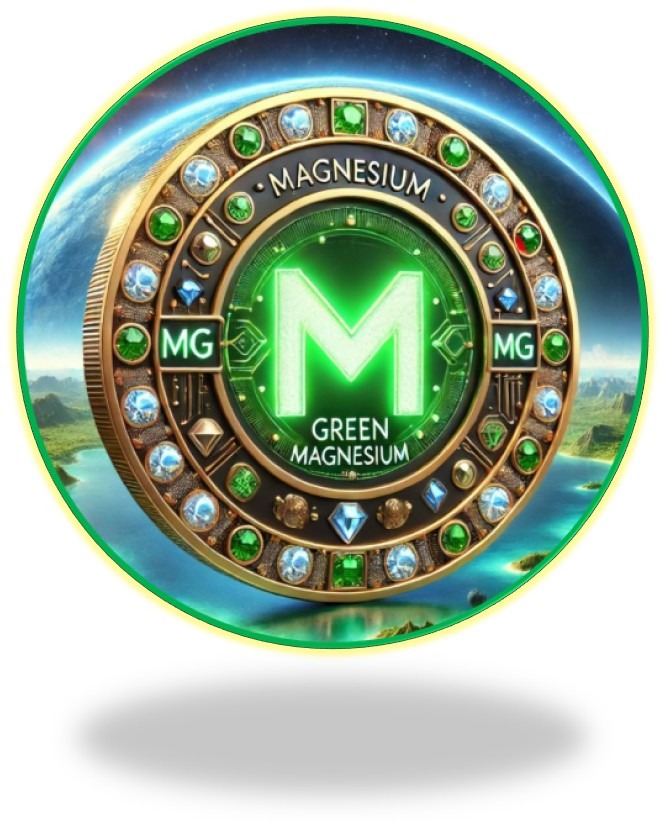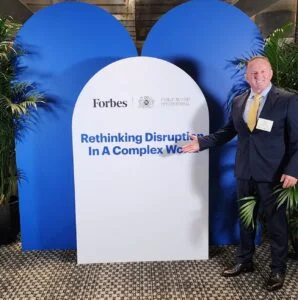
Navigating Key Challenges For Green Cement: A Systems-Level Strategy
Sahit Muja: Pioneering a Carbon-Negative Revolution in Cement and Construction
In a world suffocating under the weight of 2.3 trillion tons of atmospheric carbon dioxide—the highest in at least 800,000 years—humanity faces a stark and urgent choice. Will we continue down a path of environmental degradation, allowing industrial activity to further destabilize ecosystems, oceans, and the climate? Or will we dare to innovate, to reimagine the very foundations of modern civilization, turning harm into healing and pollution into prosperity?
For Sahit Muja, Founder and CEO of Albanian Minerals, Green Natural Wonders, Green Minerals, Global Mining, and Metalplant, the answer is clear. A visionary mining and industrial entrepreneur with more than three decades of experience, Muja has long sought to marry human ingenuity with the regenerative potential of natural resources. His latest focus: green cement, an innovation poised to transform the construction industry and redefine the metrics of sustainability itself.
Concrete: Civilization’s Backbone and Its Carbon Burden
Concrete is ubiquitous, the second-most consumed substance on Earth after water. It underpins our homes, cities, infrastructure, and ambitions. Yet its production carries an immense environmental cost. Cement—the primary ingredient in concrete—is responsible for nearly 8% of global human-caused CO₂ emissions, releasing over four billion tons of carbon annually. For decades, incremental improvements such as fly ash substitutions, limestone calcined clay (LC3), and carbon injection technologies have sought to mitigate this footprint—but these measures, while important, have barely dented the scale of the problem.
Muja’s solution is both radical and elegant: Olix, a green cement derived from magnesium olivine. Through careful harnessing of this abundant mineral and the incorporation of carbon-reactive compounds like nesquehonite, Olix does not simply reduce emissions—it actively captures and stores CO₂, turning one of the world’s largest polluters into a climate-positive force. Each cubic meter of Olix concrete represents a step toward industrial regeneration, not degradation.
Olivine: Nature’s Blueprint for Carbon-Negative Construction
Olivine, a magnesium silicate found in select regions around the globe—most notably Albania, Norway, and parts of Turkey, Greece, Italy, Spain, and China—is naturally reactive and abundant. Unlike alternatives that rely on industrial byproducts, olivine is inherently capable of sequestering carbon. When processed and integrated into cement, it reacts with atmospheric CO₂ during curing, permanently mineralizing carbon and producing concrete that is not only stronger and more durable but also carbon-negative.
The implications are staggering. If scaled globally, Olix could offset up to four billion tons of CO₂ annually, neutralizing a significant portion of the cement industry’s carbon emissions. In this paradigm, industrial output is measured not merely by volume produced but by climate impact mitigated per ton—a revolutionary shift in how value and success are defined in construction.
Navigating Challenges with a Systems-Level Strategy
Despite its promise, green cement faces real-world obstacles. Scaling from laboratory innovation to industrial application requires navigating supply chain complexities, regulatory frameworks, and logistical hurdles. High-quality olivine reserves are geographically concentrated, demanding careful planning for extraction, milling, and transportation. Energy inputs must be optimized to maintain a net carbon-negative footprint.
Muja’s approach is holistic. He emphasizes integrating renewable energy, AI-driven resource optimization, and site-specific planning to ensure each project maximizes sustainability while remaining economically viable. “The future of construction is not just about producing more materials,” Muja notes. “It’s about producing smarter, regenerative materials that leave the planet healthier than we found it.”
The Investor Perspective: Green Cement as a Trillion-Dollar Opportunity
For investors, Olix represents more than a technological breakthrough; it is a systems-level opportunity to align industrial innovation with climate action. By coupling proven mineral reserves, scalable processing technology, and research partnerships, Olix provides a pathway to climate-positive industrial growth. Each ton of cement produced is a ton of CO₂ permanently removed from the atmosphere—a tangible, measurable impact that transcends traditional metrics of profitability.
Moreover, the adoption of Olix aligns with broader global imperatives: decarbonizing construction, meeting climate goals, and pioneering regenerative industrial practices. Governments, private developers, and infrastructure investors all stand to benefit from integrating green cement into large-scale projects, simultaneously mitigating emissions and creating a new class of industrial value.
Olix: Building the Future, One Carbon-Negative Foundation at a Time
Green Natural Wonders’ Olix is more than cement—it is a manifesto for industrial sustainability. It embodies decades of mineral expertise, cutting-edge technology, and visionary leadership. By transforming olivine into a carbon-capturing construction material, Muja has created a product that is simultaneously functional, profitable, and restorative.
Every building, bridge, and roadway constructed with Olix is not merely a structure—it is a living testament to human ingenuity harmonized with the natural world. Olix represents the first step toward a planetary-scale regenerative economy, where industrial progress no longer comes at the expense of ecological integrity but instead serves as a catalyst for planetary restoration.
A Vision Realized: From Extraction to Regeneration
“In every grain of magnesium olivine lies the promise of a healed Earth,” Muja explains. “Olix is more than green cement; it is the poetry of progress written in stone, the breath of life for a world longing to renew.”
Sahit Muja’s work is a blueprint for the future: a world where industrial activity regenerates rather than depletes, where capitalism and ecology are collaborators rather than adversaries, and where humanity’s ingenuity is applied not only to build but to heal. In Olix, the foundations of civilization become the foundations of a sustainable, carbon-negative planet.
The era of passive remediation is over. The age of planetary regeneration has begun. And at the forefront stands Sahit Muja, turning vision into action, minerals into climate solutions, and concrete into the very building blocks of a thriving, renewed Earth.

